THEME: Introduction of bioorganic chemistry. Classification, structure,
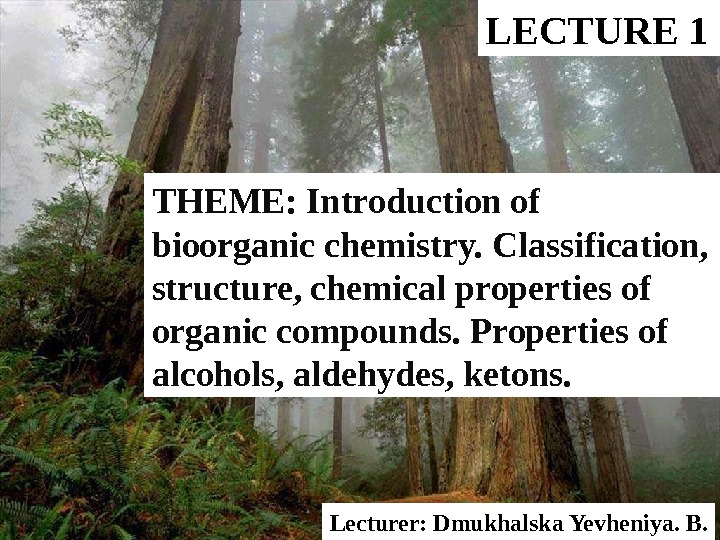

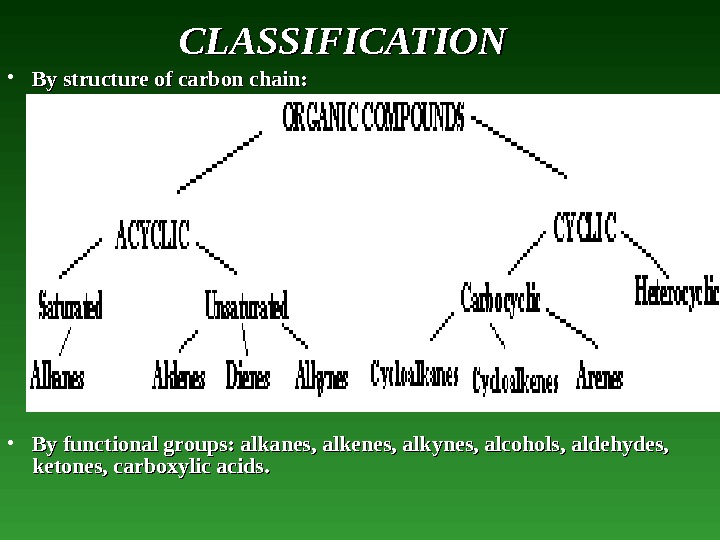
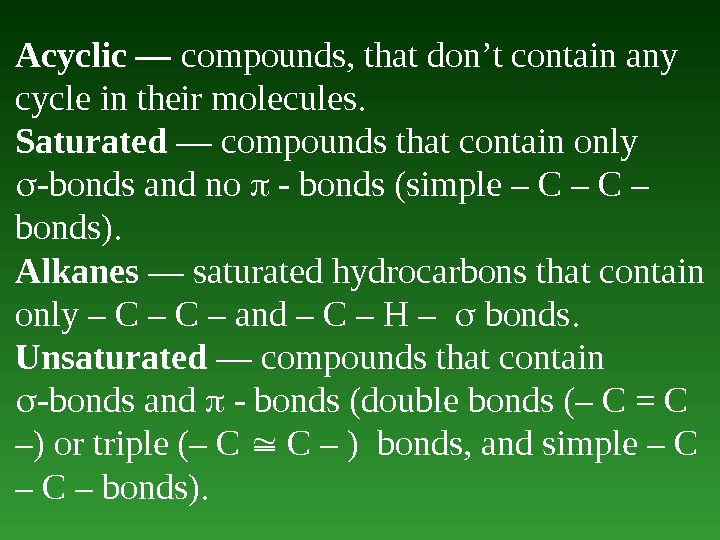
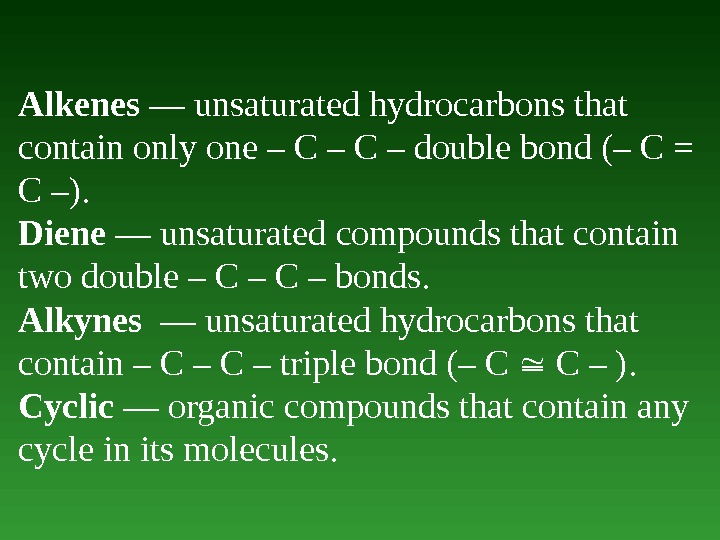

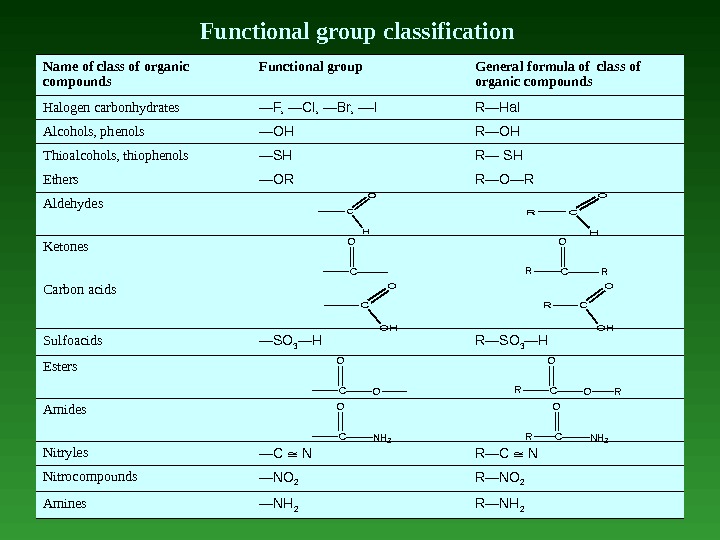
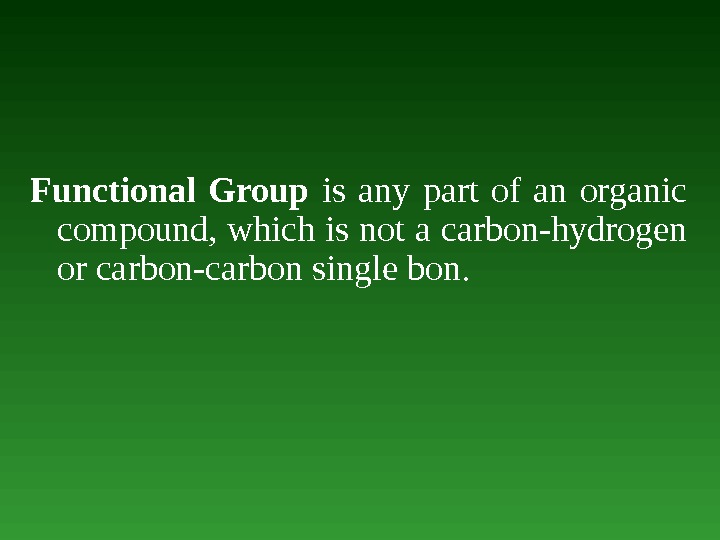

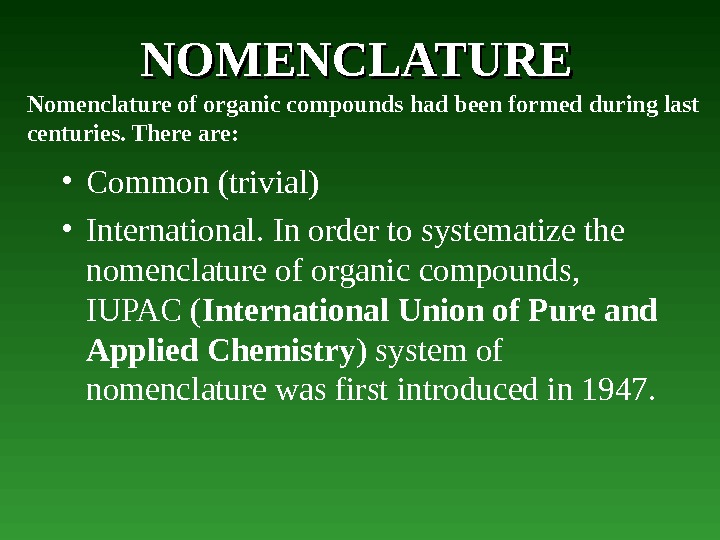

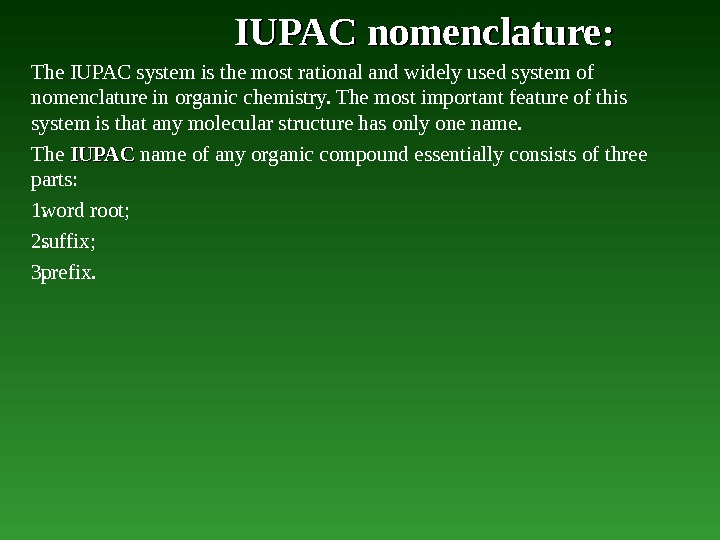


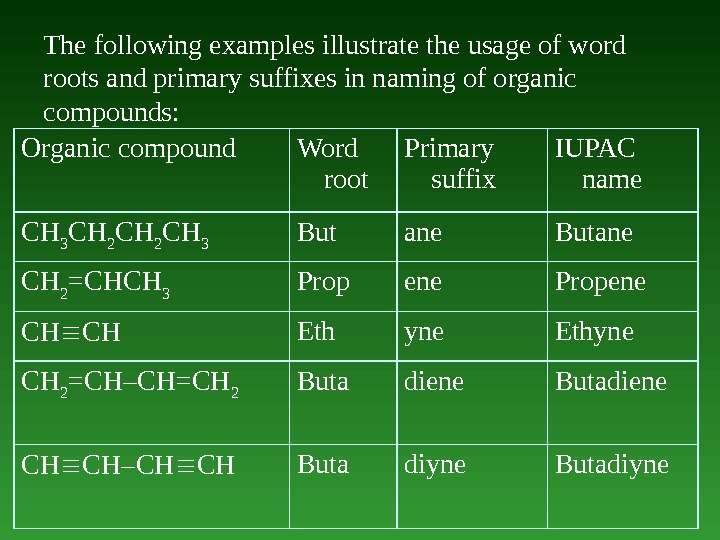
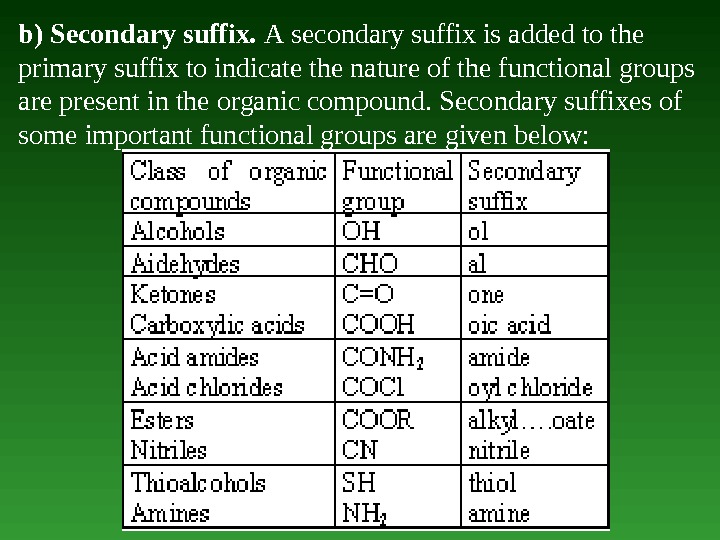
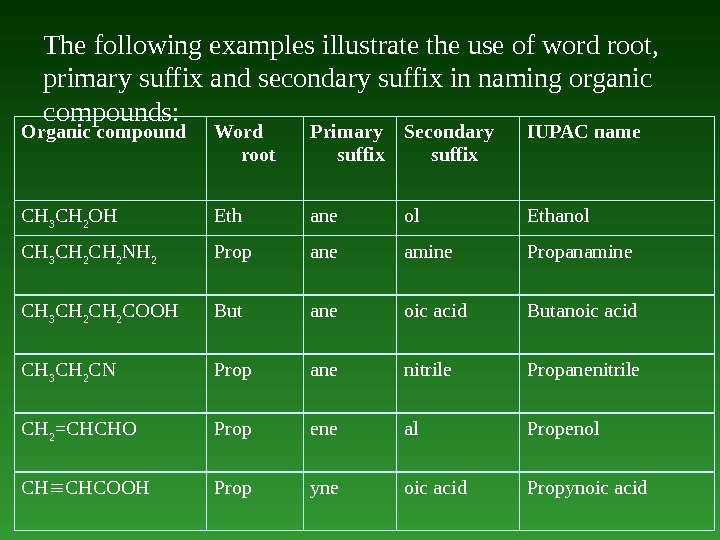

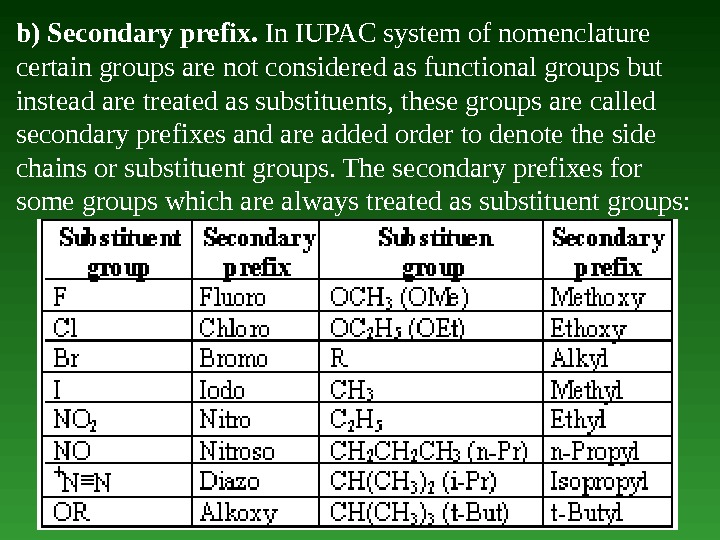
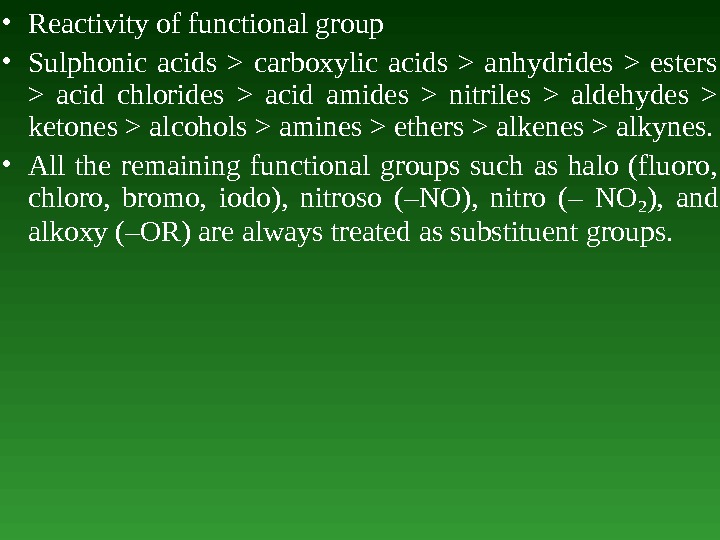
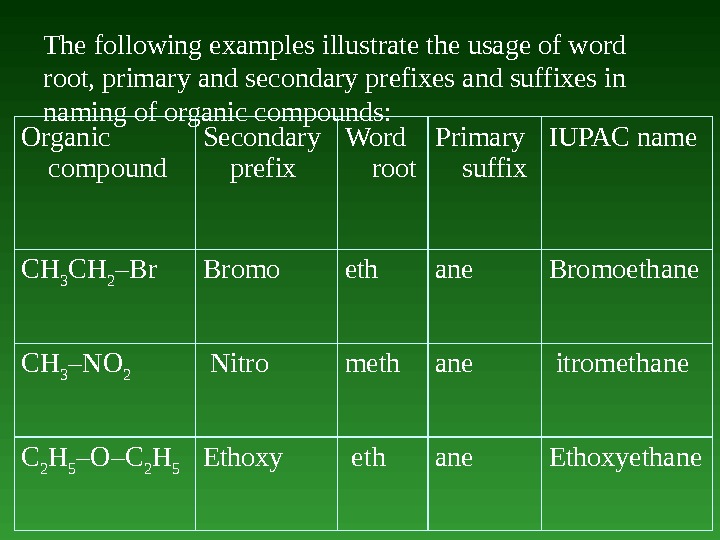
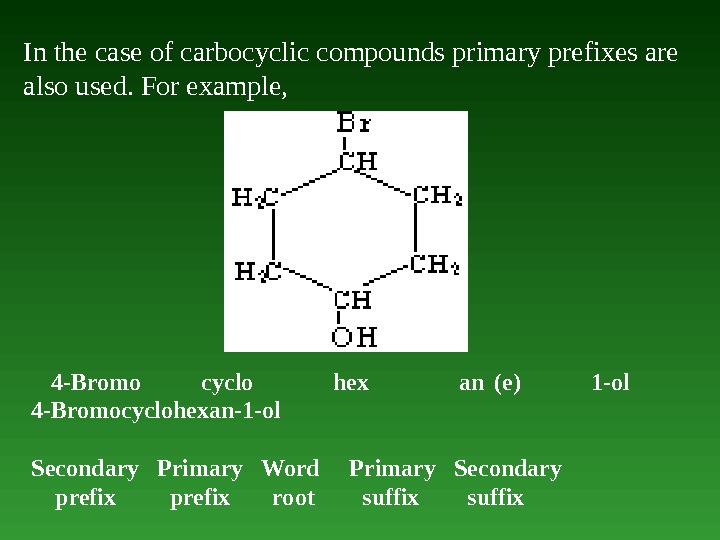

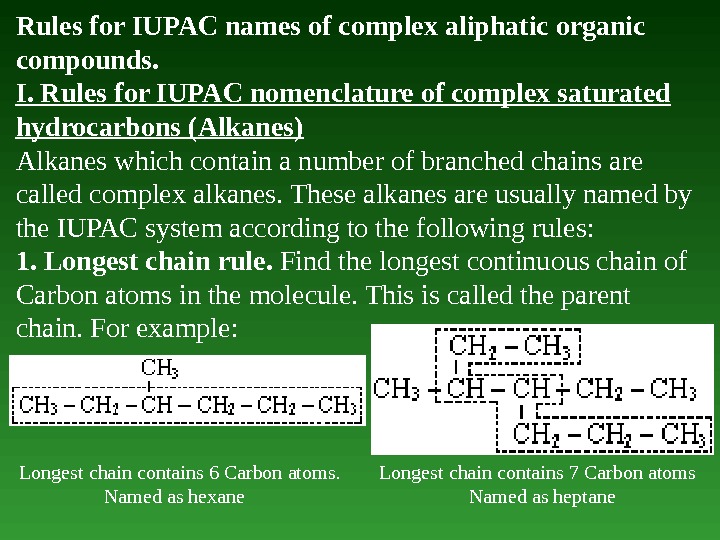
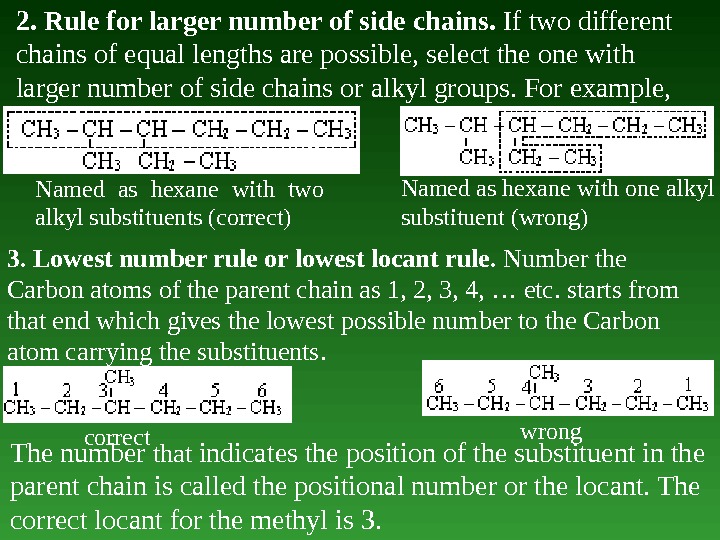
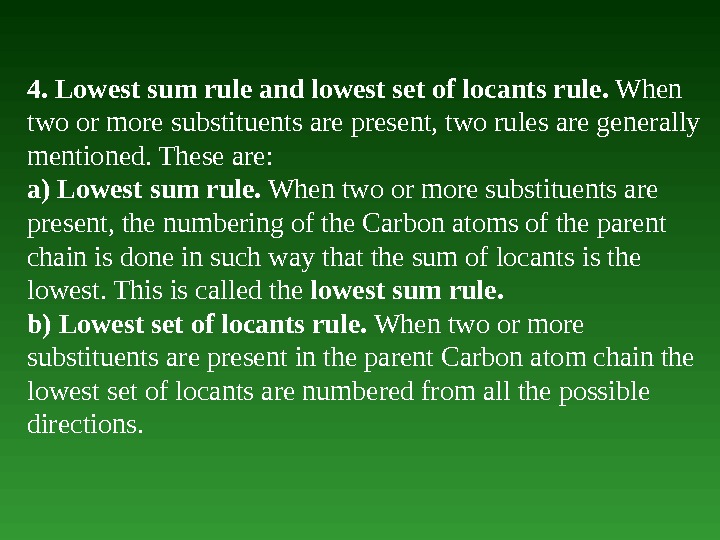

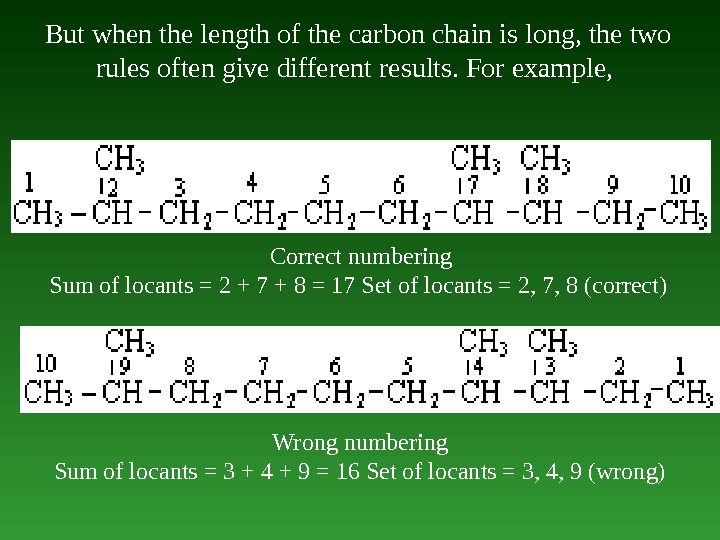


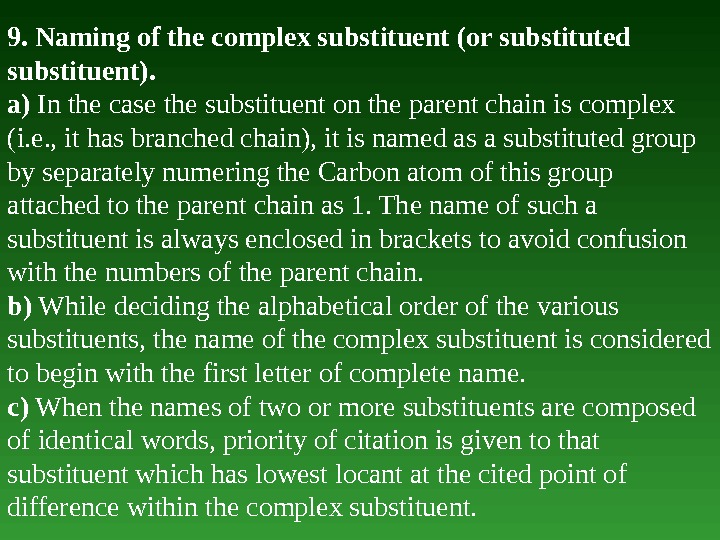
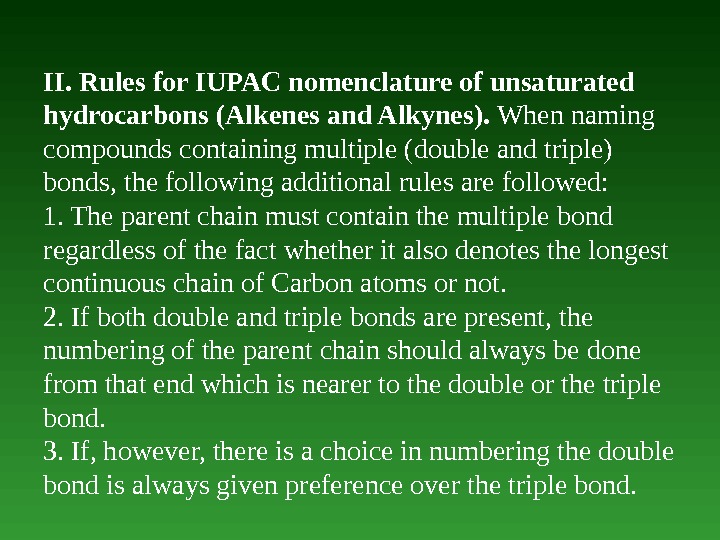


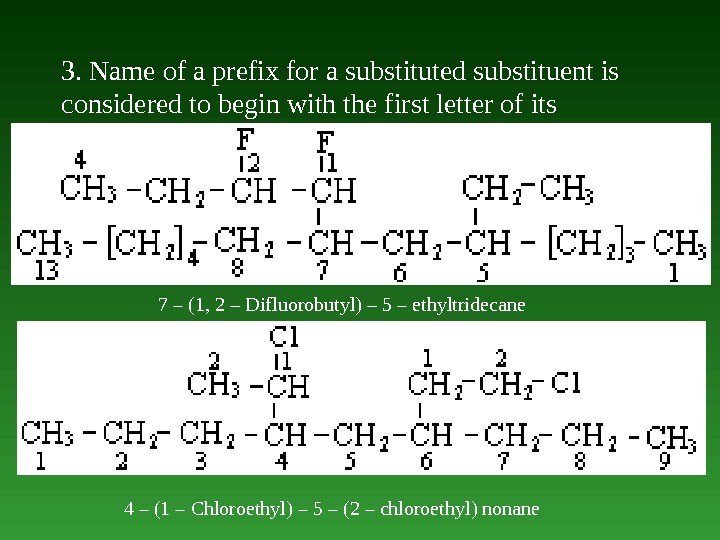
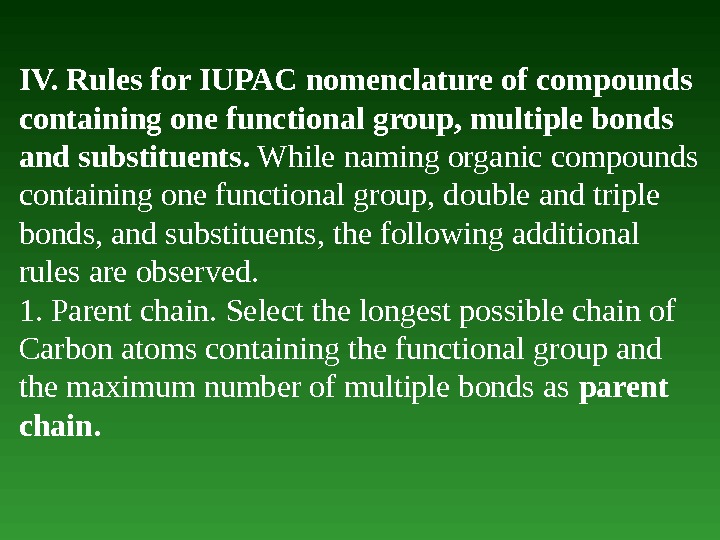
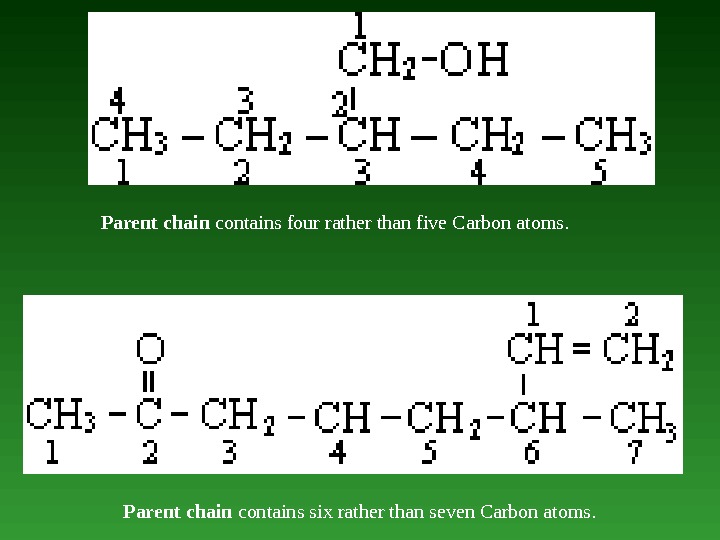
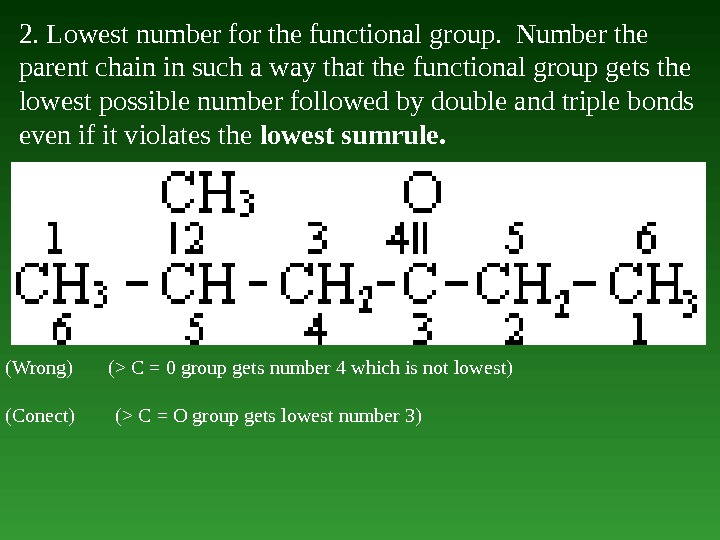


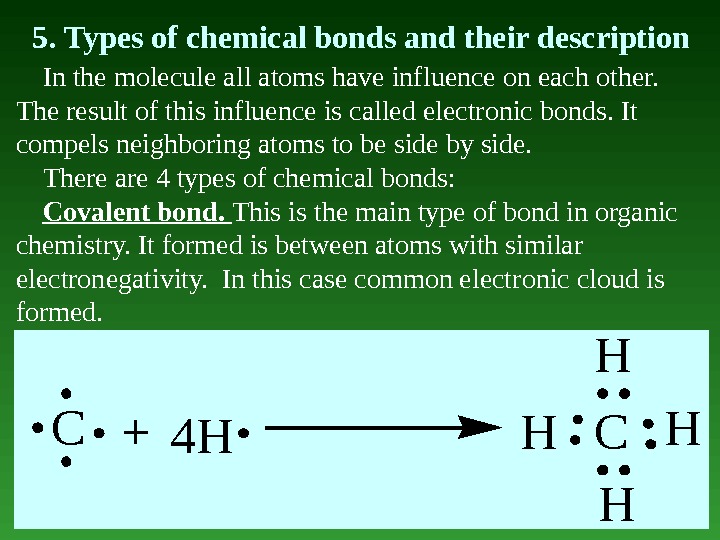

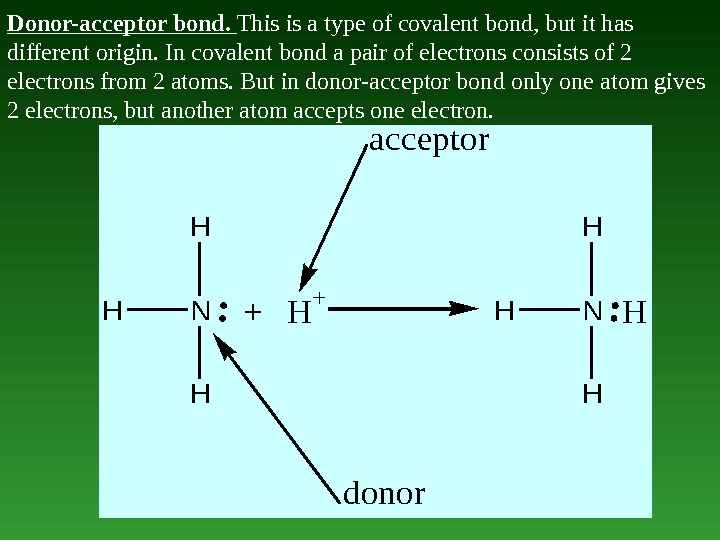
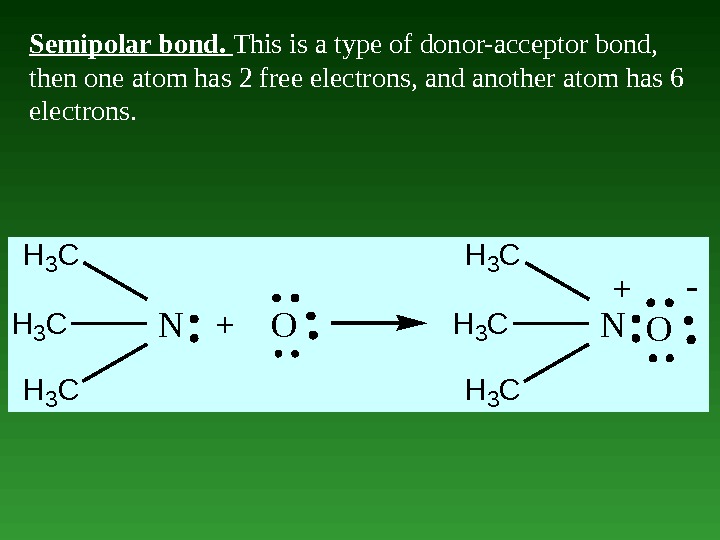

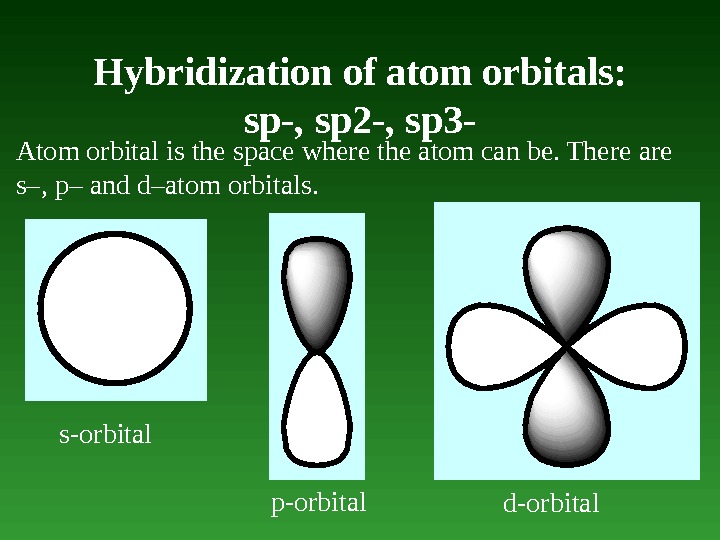
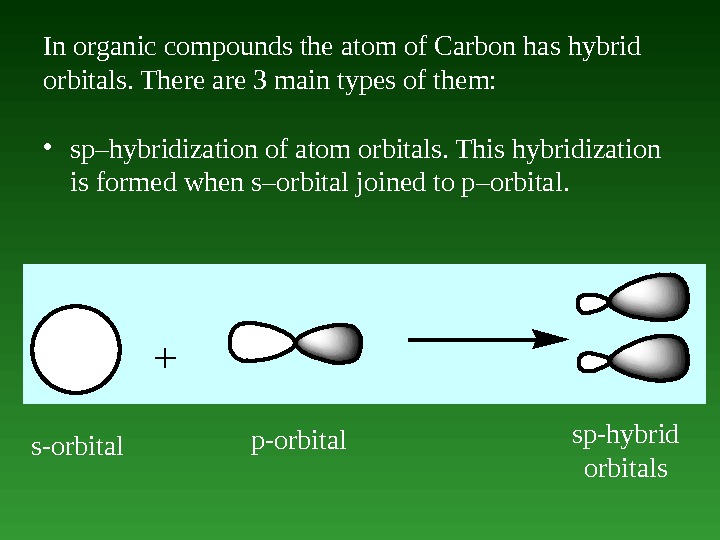
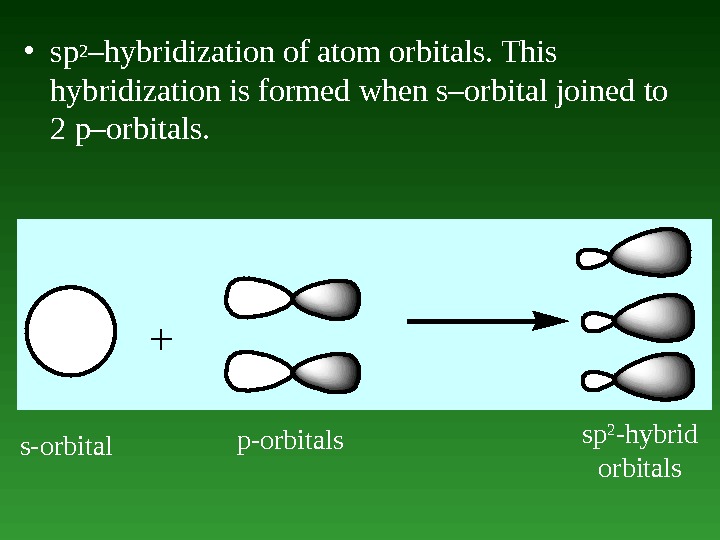
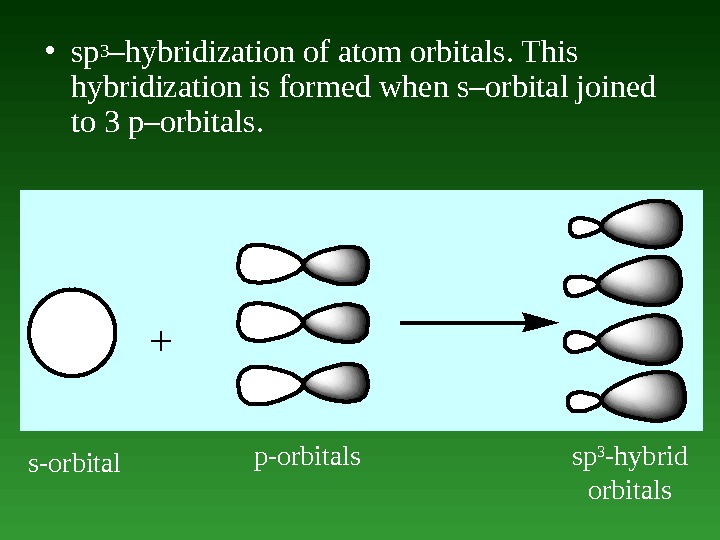

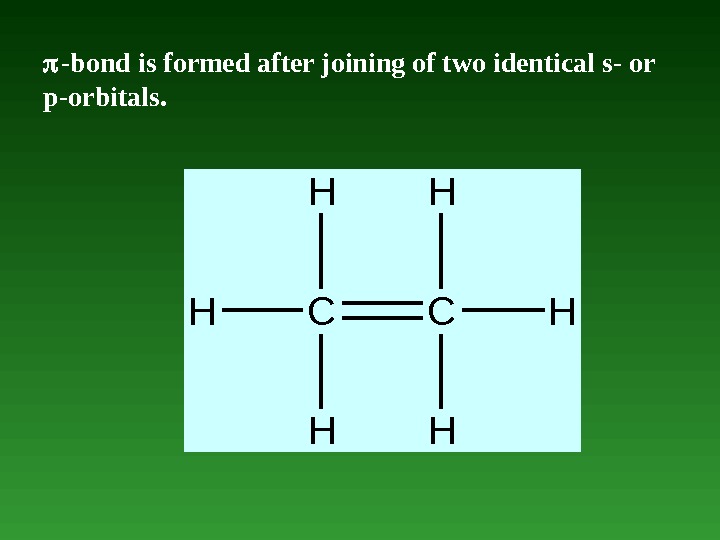

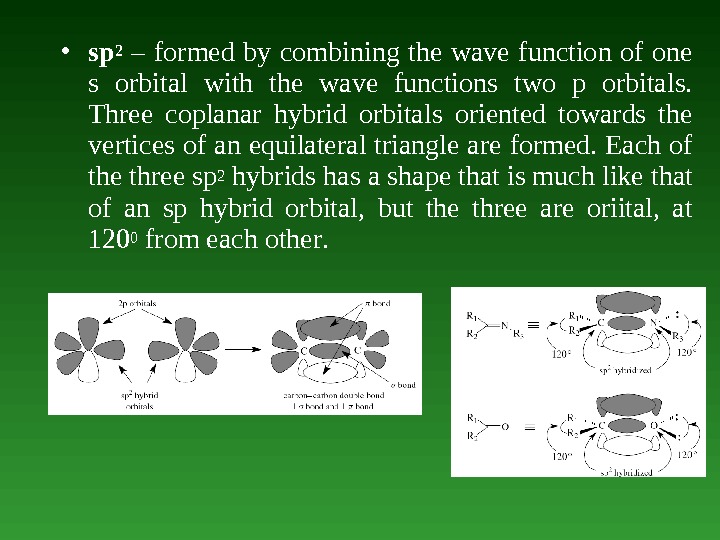
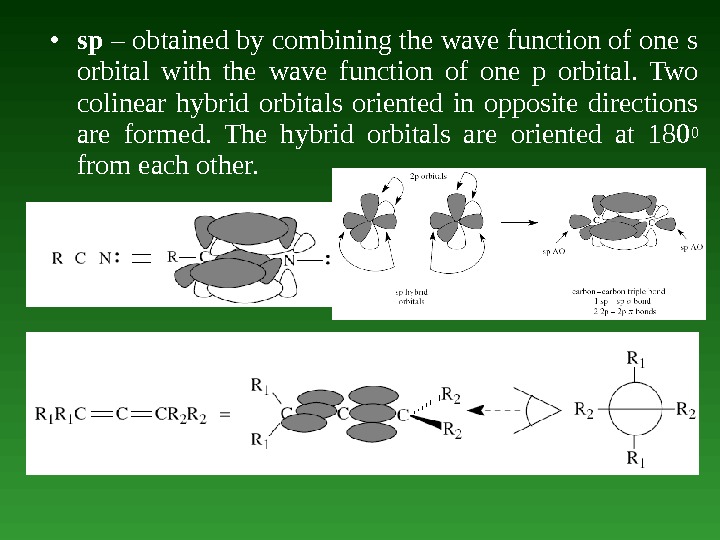
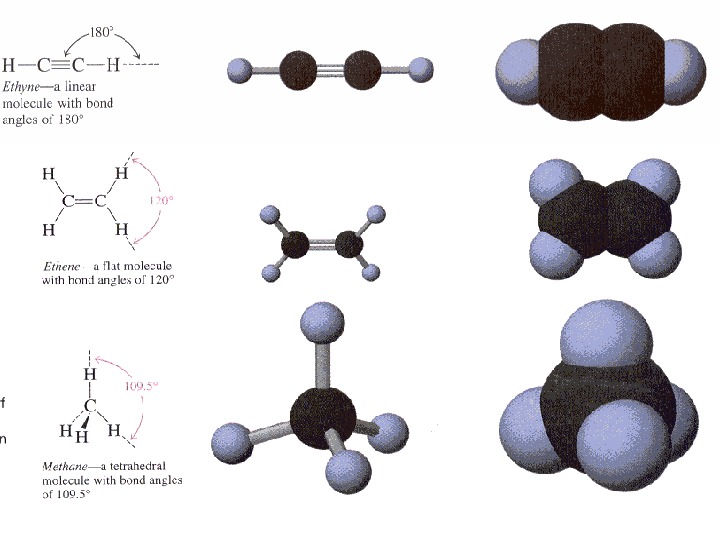
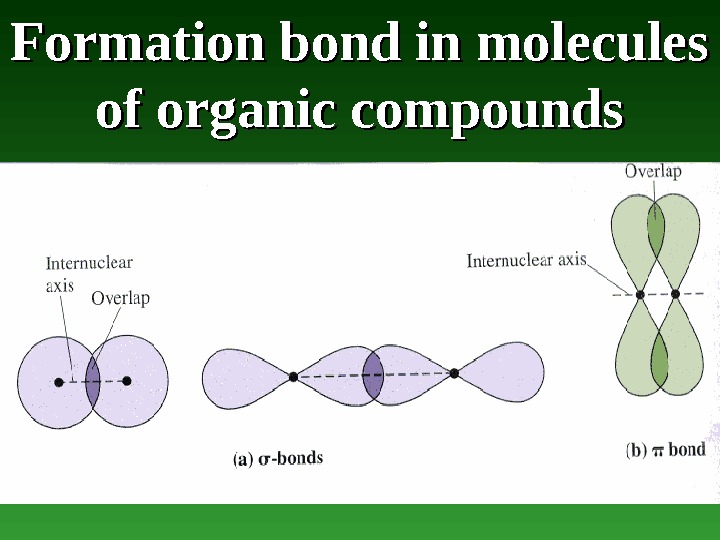




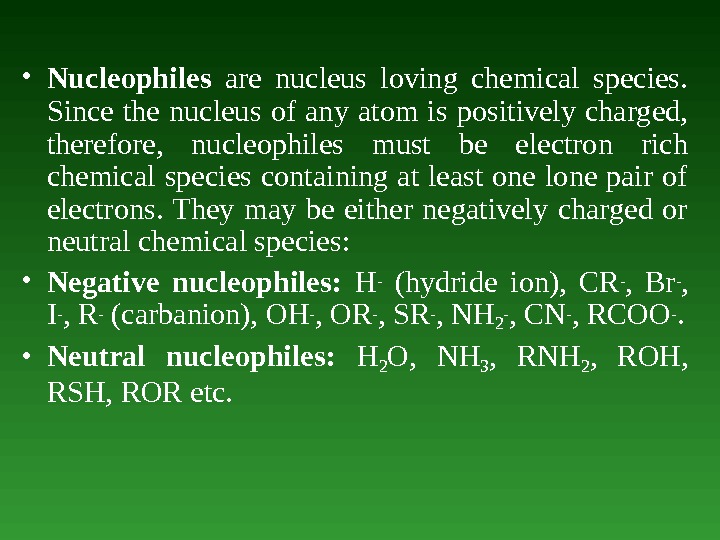
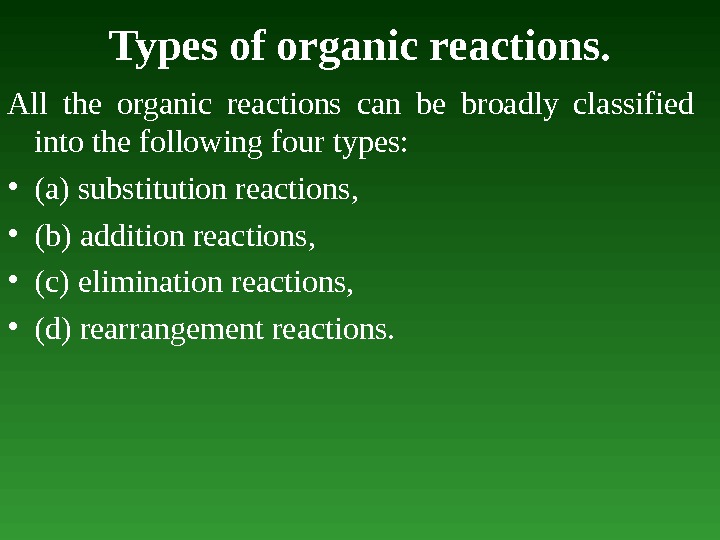
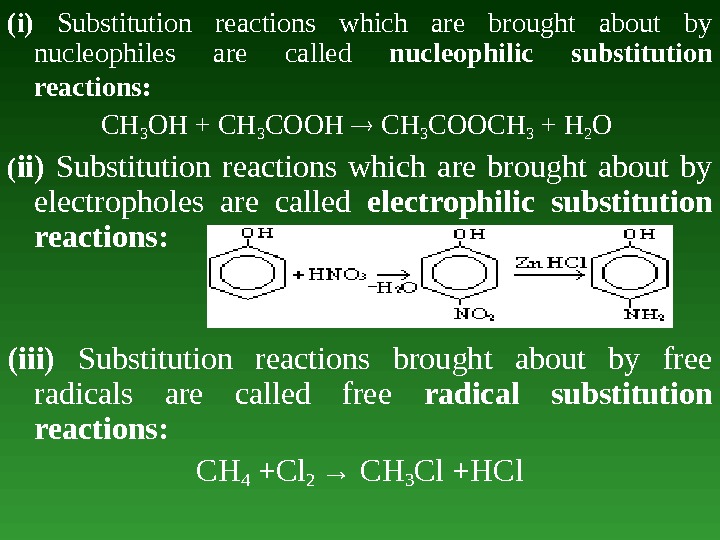
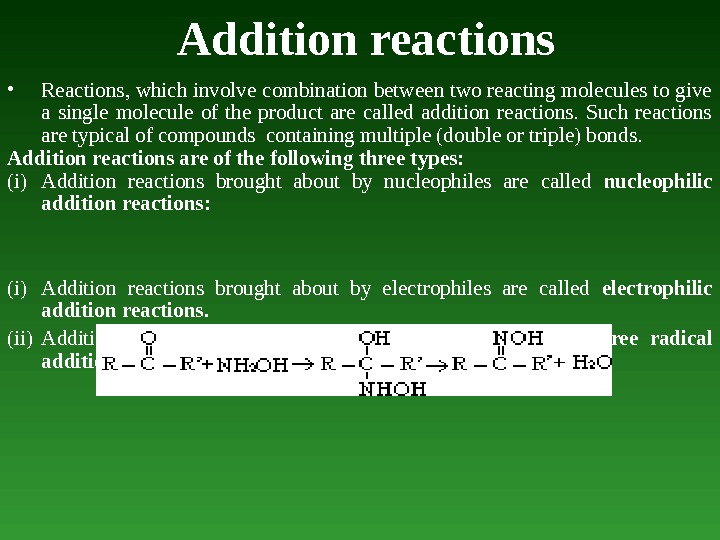
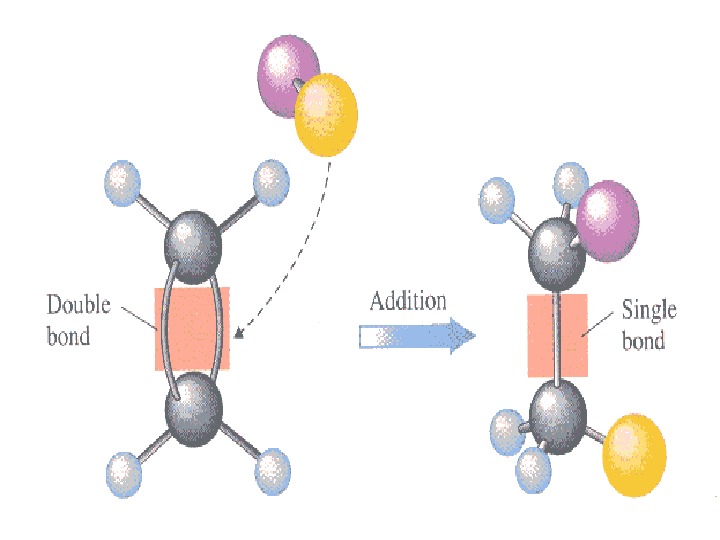
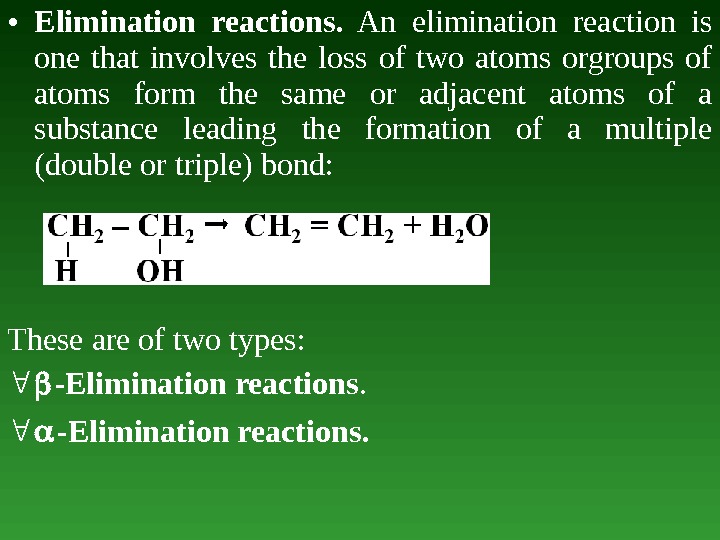

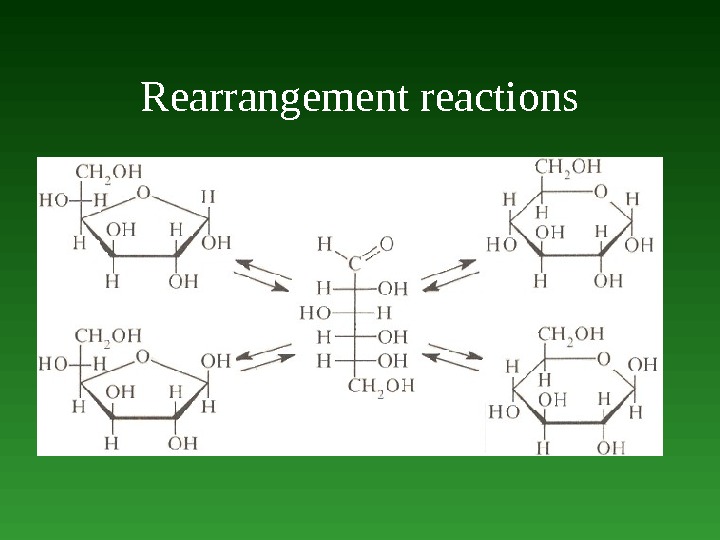
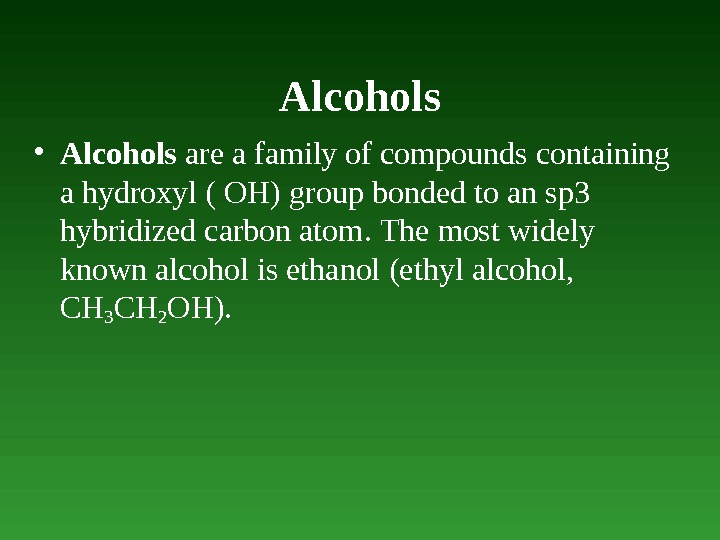
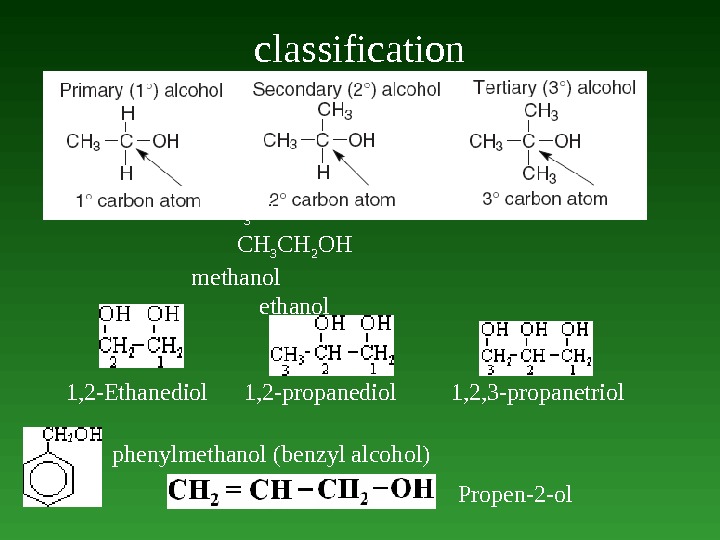

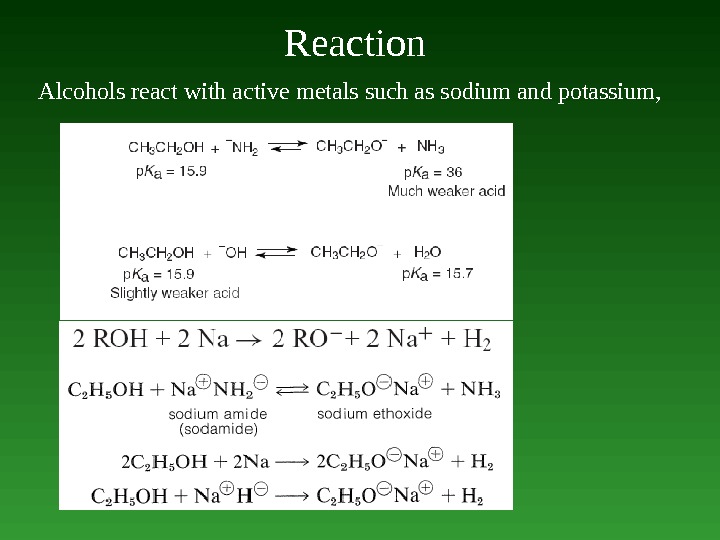
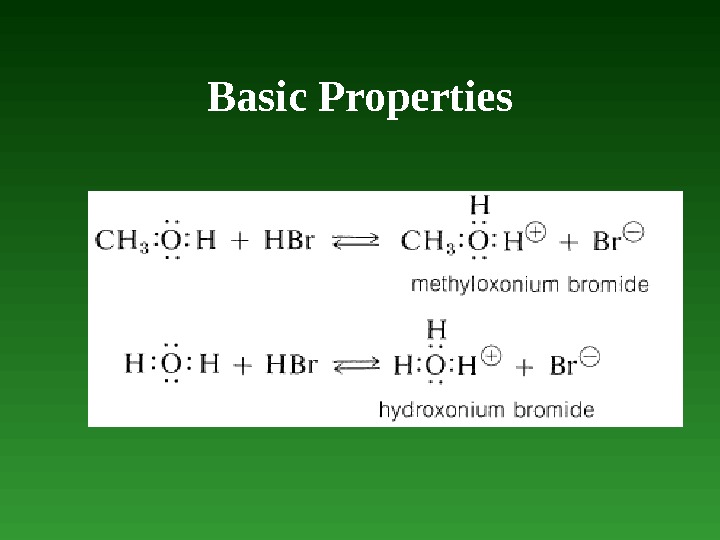
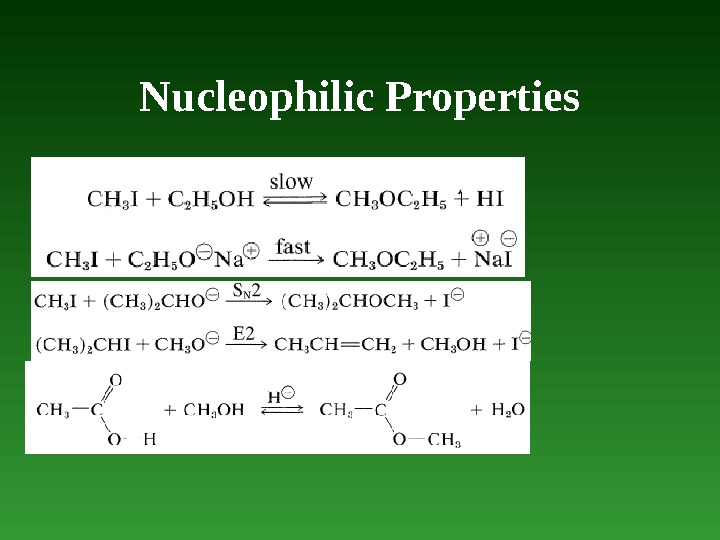

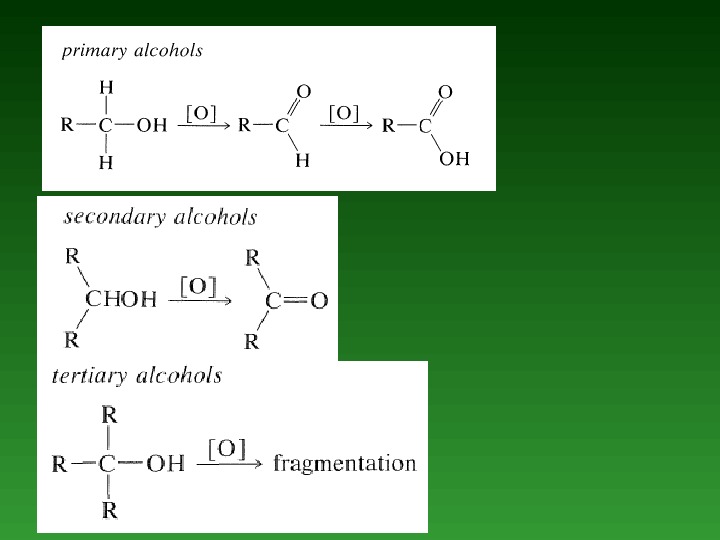
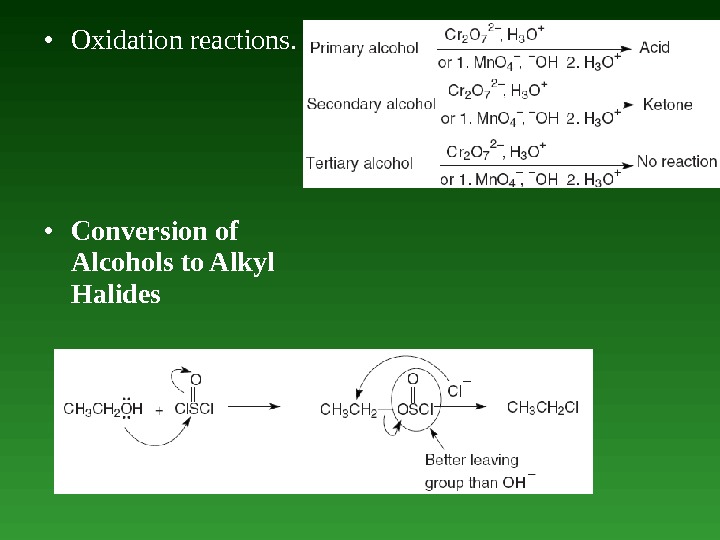

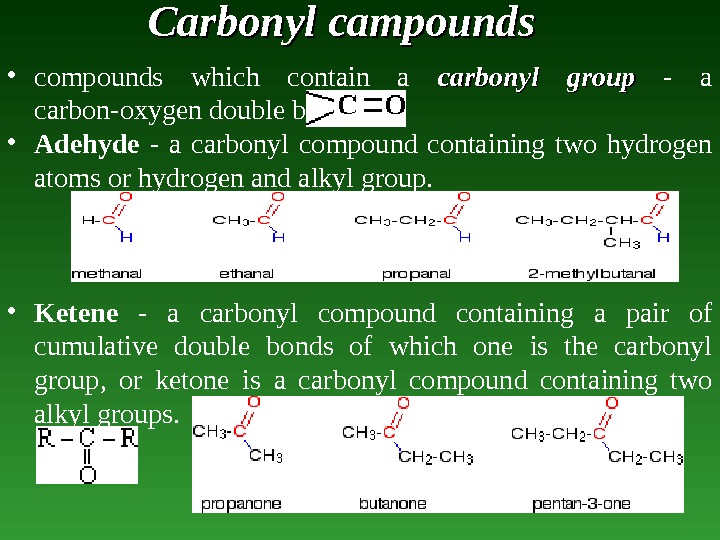

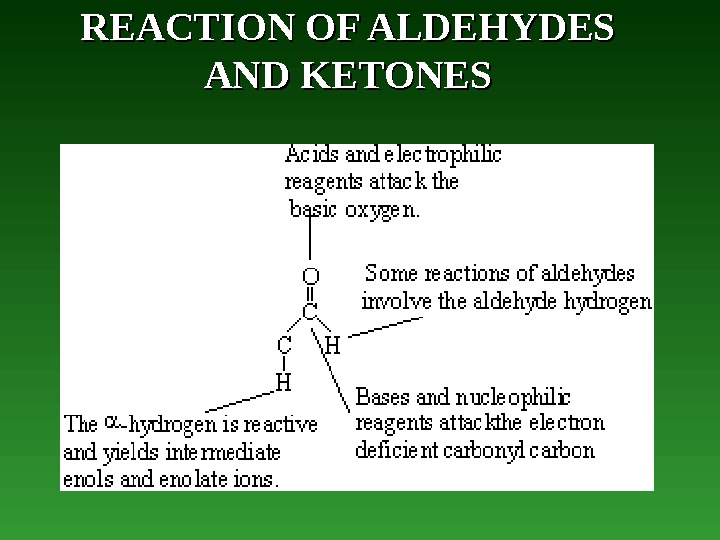
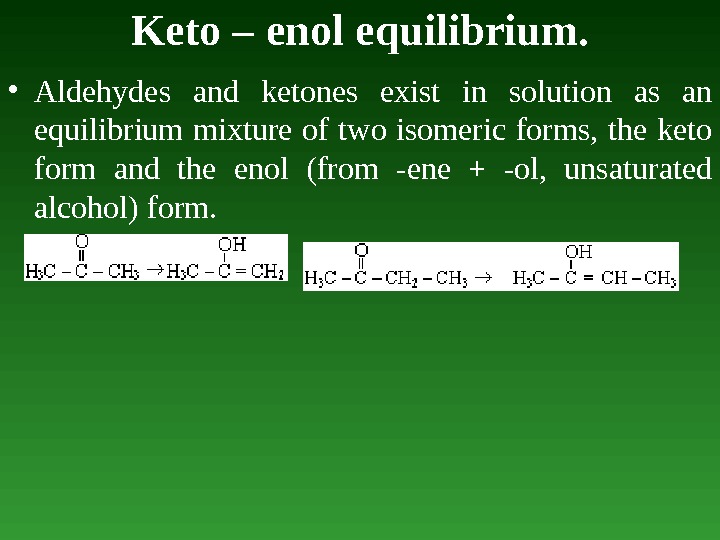
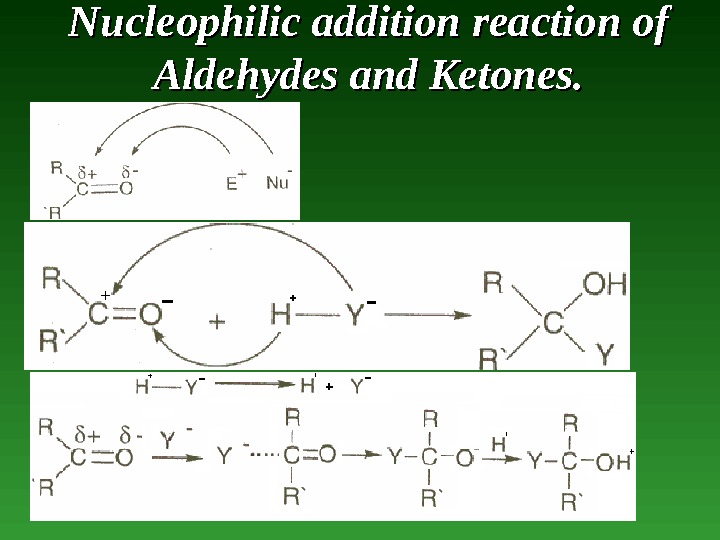
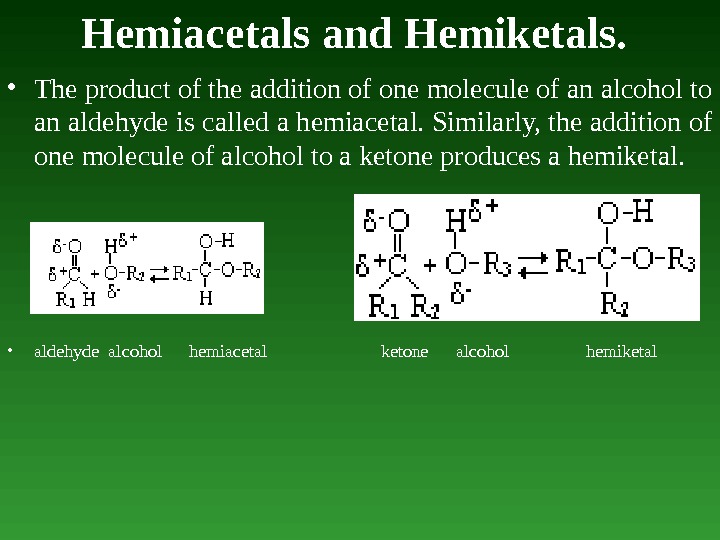
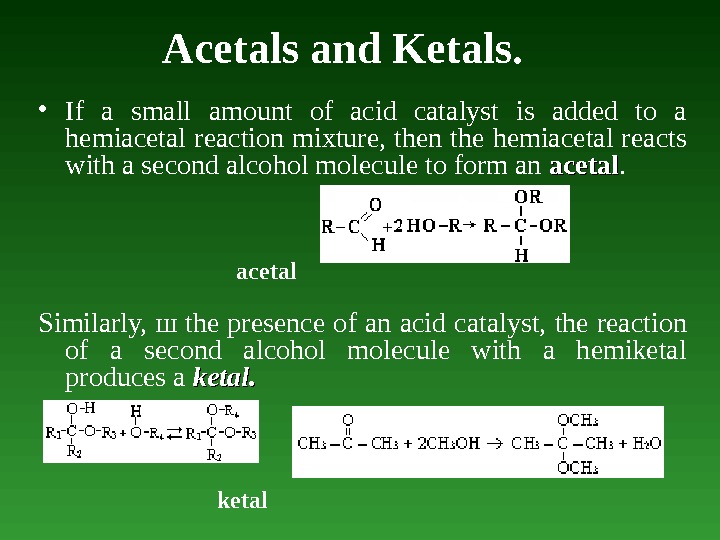
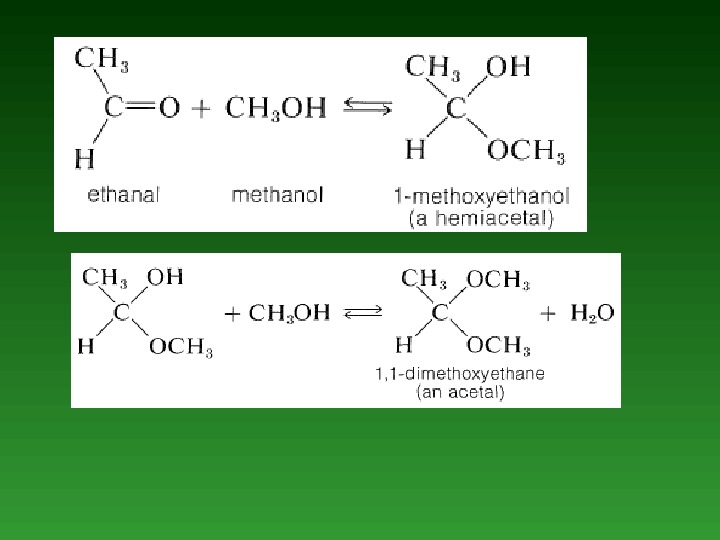
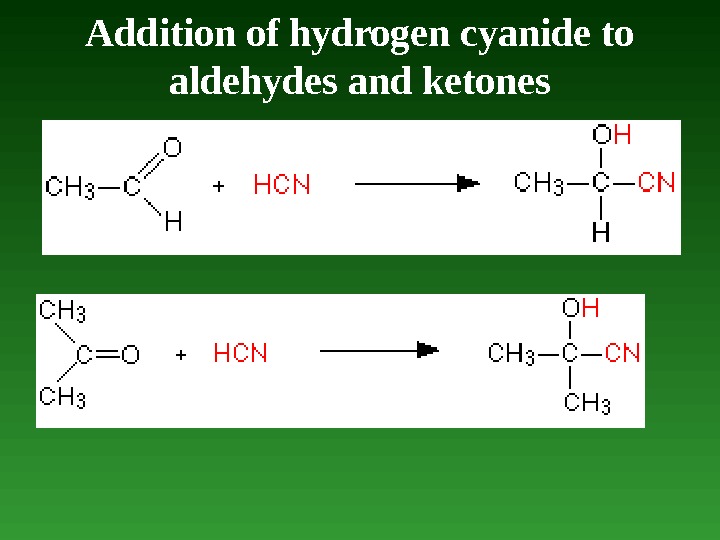
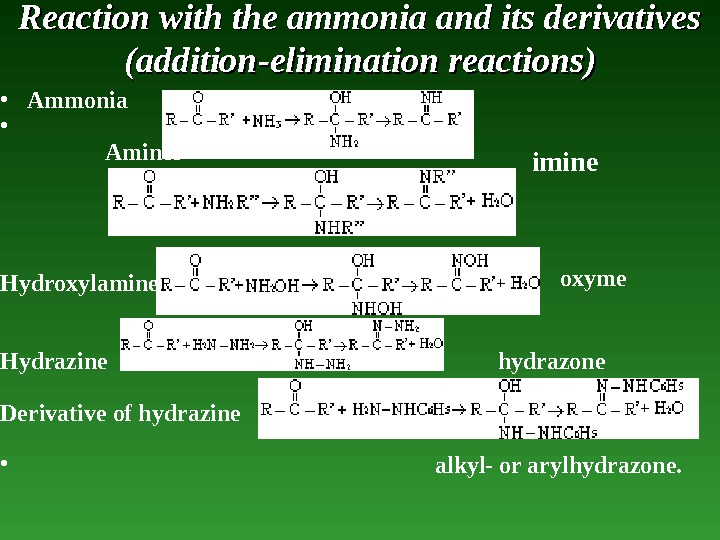
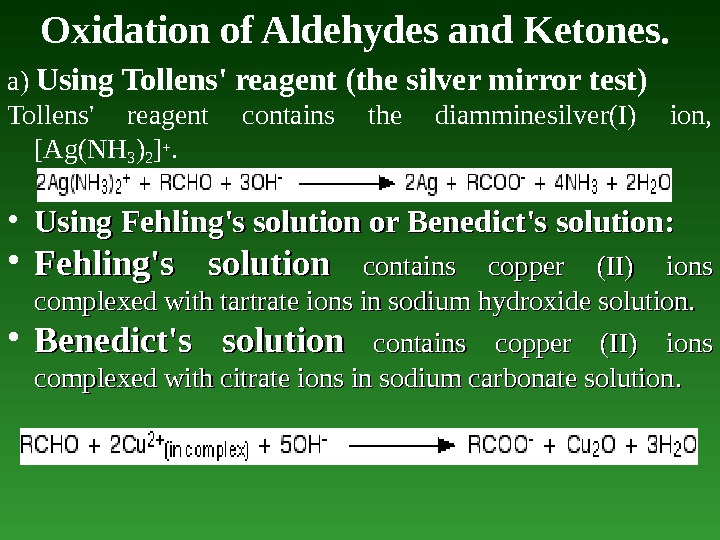
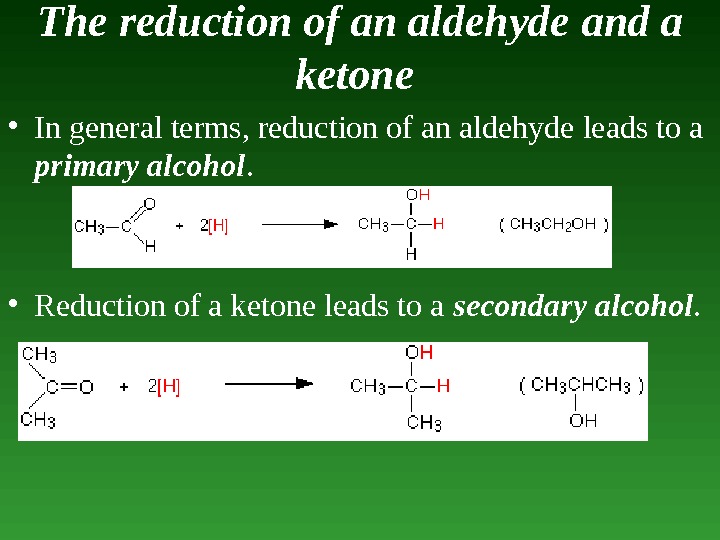

01._organic_compounds..ppt
- Размер: 3.2 Mегабайта
- Количество слайдов: 91
Описание презентации THEME: Introduction of bioorganic chemistry. Classification, structure, по слайдам
 THEME: Introduction of bioorganic chemistry. Classification, structure, chemical properties of organic compounds. Properties of alcohols, aldehydes, ketons. LECTURE 1 Lecturer: Dmukhalska Yevheniya. B.
THEME: Introduction of bioorganic chemistry. Classification, structure, chemical properties of organic compounds. Properties of alcohols, aldehydes, ketons. LECTURE 1 Lecturer: Dmukhalska Yevheniya. B.
 • Organic Chemistry – t he chemistry of the hydrocarbons and their derivatives; the chemistry of carbon compounds. • Bioorganic Chemistry was study structure and properties of biomolecule. Such as: proteins, lipids, hormones, carbohydrates, vitamins, enzyme, fats, at el.
• Organic Chemistry – t he chemistry of the hydrocarbons and their derivatives; the chemistry of carbon compounds. • Bioorganic Chemistry was study structure and properties of biomolecule. Such as: proteins, lipids, hormones, carbohydrates, vitamins, enzyme, fats, at el.
 CLASSIFICATION • By structure of carbon chain: • By functional groups: alkanes, alkenes, alkynes, alcohols, aldehydes, ketones, carboxylic acids.
CLASSIFICATION • By structure of carbon chain: • By functional groups: alkanes, alkenes, alkynes, alcohols, aldehydes, ketones, carboxylic acids.
 Acyclic — compounds, that don’t contain any cycle in their molecules. Saturated — compounds that contain only -bonds and n о — bonds (simple – C – bonds). Alkanes — saturated hydrocarbons that contain only – C – and – C – H – bonds. Unsaturated — compounds that contain -bonds and — bonds (double bonds (– C = C –) or triple (– C C – ) bonds, and simple – C – bonds).
Acyclic — compounds, that don’t contain any cycle in their molecules. Saturated — compounds that contain only -bonds and n о — bonds (simple – C – bonds). Alkanes — saturated hydrocarbons that contain only – C – and – C – H – bonds. Unsaturated — compounds that contain -bonds and — bonds (double bonds (– C = C –) or triple (– C C – ) bonds, and simple – C – bonds).
 Alkenes — unsaturated hydrocarbons th а t contain only one – C – double bond (– C = C –). Diene — unsaturated compounds th а t contain two double – C – bonds. Alkynes — unsaturated hydrocarbons th а t contain – C – triple bond (– C C – ). Cyclic — organic compounds th а t contain any cycle in its molecules.
Alkenes — unsaturated hydrocarbons th а t contain only one – C – double bond (– C = C –). Diene — unsaturated compounds th а t contain two double – C – bonds. Alkynes — unsaturated hydrocarbons th а t contain – C – triple bond (– C C – ). Cyclic — organic compounds th а t contain any cycle in its molecules.
 Carbocyclic — hydrocarbons containing а cycle that consists of only Carbon atoms. Cycloalkanes — saturated hydrocarbons containing а Carbon cycle. Cycloalkenes — ansaturated hydrocarbons containing а Carbon cycle. Arenes — aromatic compounds th а t contain benzoic kernel. Heterocyclic — organic compounds th а t contain cycle between atoms of Carbon and other elements (S, O, N).
Carbocyclic — hydrocarbons containing а cycle that consists of only Carbon atoms. Cycloalkanes — saturated hydrocarbons containing а Carbon cycle. Cycloalkenes — ansaturated hydrocarbons containing а Carbon cycle. Arenes — aromatic compounds th а t contain benzoic kernel. Heterocyclic — organic compounds th а t contain cycle between atoms of Carbon and other elements (S, O, N).
 Functional group classification Name of class of organic compounds Functional group General formula of class of organic compounds Halogen carbonhydrates — F, —Cl, —Br, ––I R—Hal Alcohols, phenols — OH R—OH Thioalcohols, thiophenols — SH R— SH Ethers — OR R—O—R Aldehydes Ketones Carbon acids Sulfoacids — SO 3 —H R—SO 3 —H Esters Amides Nitryles — C N R —C N Nitrocompounds — NO 2 R —NO 2 Amines — NH 2 R —NH 2 C O H RC O H C O RR C O OH RC O OH CO O RR CNH 2 O RCNH 2 O
Functional group classification Name of class of organic compounds Functional group General formula of class of organic compounds Halogen carbonhydrates — F, —Cl, —Br, ––I R—Hal Alcohols, phenols — OH R—OH Thioalcohols, thiophenols — SH R— SH Ethers — OR R—O—R Aldehydes Ketones Carbon acids Sulfoacids — SO 3 —H R—SO 3 —H Esters Amides Nitryles — C N R —C N Nitrocompounds — NO 2 R —NO 2 Amines — NH 2 R —NH 2 C O H RC O H C O RR C O OH RC O OH CO O RR CNH 2 O RCNH 2 O
 Functional Group is any part of an organic compound, which is not а carbon-hydrogen or carbon-carbon single bon.
Functional Group is any part of an organic compound, which is not а carbon-hydrogen or carbon-carbon single bon.
 All organic compounds concerning to the same class form homological row – it is the row of organic compounds in which each next matter differ —CH 2 — group from previous one. Alkanes Methane CH 4 Ethane C 2 H 6 Propane C 3 H 8 Butane C 4 H 10 Pentane C 5 H 12 Hexane C 6 H 14 Heptane C 7 H 16 Octane C 8 H 18 Nonane C 9 H 20 Decane C 10 H 22 Undecane C 11 H 24 Dodecane C 12 H
All organic compounds concerning to the same class form homological row – it is the row of organic compounds in which each next matter differ —CH 2 — group from previous one. Alkanes Methane CH 4 Ethane C 2 H 6 Propane C 3 H 8 Butane C 4 H 10 Pentane C 5 H 12 Hexane C 6 H 14 Heptane C 7 H 16 Octane C 8 H 18 Nonane C 9 H 20 Decane C 10 H 22 Undecane C 11 H 24 Dodecane C 12 H
 NOMENCLATURE • Common (trivial) • International. In order to systematize the nomenclature of organic compounds, IUPAC ( International Union of Pure and Applied Chemistry ) system of nomenclature was first introduced in 1947. Nomenclature of organic compounds had been formed during last centuries. There are:
NOMENCLATURE • Common (trivial) • International. In order to systematize the nomenclature of organic compounds, IUPAC ( International Union of Pure and Applied Chemistry ) system of nomenclature was first introduced in 1947. Nomenclature of organic compounds had been formed during last centuries. There are:
 Trivial nomenclature. At first organic compounds were named by chance, for example, because the natural sources of its receiving or their properties (citric acid, formic acid). Many trivial names of organic compounds are used nowadays. Nomenclature of organic compounds had been formed during last centuries. There are: methane methylmethane dimethylmethane CH 4 CH 3 —CH 3 —CH 2 —CH
Trivial nomenclature. At first organic compounds were named by chance, for example, because the natural sources of its receiving or their properties (citric acid, formic acid). Many trivial names of organic compounds are used nowadays. Nomenclature of organic compounds had been formed during last centuries. There are: methane methylmethane dimethylmethane CH 4 CH 3 —CH 3 —CH 2 —CH
 IUPAC nomenclature: The IUPAC system is the most rational and widely used system of nomenclature in organic chemistry. The most important feature of this system is that any molecular structure has only one name. The IUPAC name of any organic compound essentially consists of three parts: 1. word root; 2. suffix; 3. prefix.
IUPAC nomenclature: The IUPAC system is the most rational and widely used system of nomenclature in organic chemistry. The most important feature of this system is that any molecular structure has only one name. The IUPAC name of any organic compound essentially consists of three parts: 1. word root; 2. suffix; 3. prefix.
 1. Word root. It is the basic unit of the name. It denotes the number of carbon atoms present in the principal chain (the longest possible continuous chain of carbon atoms including the functional group and the multiple bonds) of the organic molecule. For chains from one to four carbon atoms, special word roots (based upon the common names of alkanes) are used but for chains of five or more carbon atoms, Greek number roots are used as given below:
1. Word root. It is the basic unit of the name. It denotes the number of carbon atoms present in the principal chain (the longest possible continuous chain of carbon atoms including the functional group and the multiple bonds) of the organic molecule. For chains from one to four carbon atoms, special word roots (based upon the common names of alkanes) are used but for chains of five or more carbon atoms, Greek number roots are used as given below:
 2. Suffix. There are two types of suffixes: a) Primary suffix. А primary suffix is always added to the word root to indicate whether the carbon chain is saturated о r unsaturated. Type of carbon chain Primary suffix General name Saturated ane Alkane Unsaturated with one double bond ene Alkene Unsaturated with one triple bond yne Alkyne Unsaturated with two double bonds diene Alkadiene Unsaturated with two triple bonds diyne Allcadiyne
2. Suffix. There are two types of suffixes: a) Primary suffix. А primary suffix is always added to the word root to indicate whether the carbon chain is saturated о r unsaturated. Type of carbon chain Primary suffix General name Saturated ane Alkane Unsaturated with one double bond ene Alkene Unsaturated with one triple bond yne Alkyne Unsaturated with two double bonds diene Alkadiene Unsaturated with two triple bonds diyne Allcadiyne
 The following examples illustrate the usage of word roots and primary suffixes in naming of organic compounds: Organic compound Word root Primary suffix IUPAC name CH 3 CH 2 CH 3 But ane Butane CH 2 =CHCH 3 Prop ene Propene CH CH Eth yne Ethyne CH 2 =CH–CH=CH 2 Buta diene Butadiene CH CH–CH CH Buta diyne Butadiyne
The following examples illustrate the usage of word roots and primary suffixes in naming of organic compounds: Organic compound Word root Primary suffix IUPAC name CH 3 CH 2 CH 3 But ane Butane CH 2 =CHCH 3 Prop ene Propene CH CH Eth yne Ethyne CH 2 =CH–CH=CH 2 Buta diene Butadiene CH CH–CH CH Buta diyne Butadiyne
 b) Secondary suffix. А secondary suffix is added to the primary suffix to indicate the nature of the functional groups are present in the organic compound. Secondary suffixes of some important functional groups are given below:
b) Secondary suffix. А secondary suffix is added to the primary suffix to indicate the nature of the functional groups are present in the organic compound. Secondary suffixes of some important functional groups are given below:
 The following examples illustrate the use of word root, primary suffix and secondary suffix in naming organic compounds: Organic compound Word root Primary suffix Secondary suffix IUPAC name СН 3 СН 2 ОН Eth ane ol Ethanol СН 3 СН 2 NH 2 Prop ane amine Propanamine СН 3 СН 2 COOH But ane oic acid Butanoic acid СН 3 СН 2 СN Prop ane nitrile Propanenitrile СН 2 =СНСНO Prop ene al Propenol СН СНСOOН Prop yne oic acid Propynoic acid
The following examples illustrate the use of word root, primary suffix and secondary suffix in naming organic compounds: Organic compound Word root Primary suffix Secondary suffix IUPAC name СН 3 СН 2 ОН Eth ane ol Ethanol СН 3 СН 2 NH 2 Prop ane amine Propanamine СН 3 СН 2 COOH But ane oic acid Butanoic acid СН 3 СН 2 СN Prop ane nitrile Propanenitrile СН 2 =СНСНO Prop ene al Propenol СН СНСOOН Prop yne oic acid Propynoic acid
 3. Prefix. There are two types of prefixes: a) Primary prefix. А primary prefix is used simply to distinguish cyclic from acyclic compounds. For example, in case of carbocyclic compounds, (cyclic compounds containing only carbon atoms in the ring), а primary prefix, cyclo- is used immediately before the word root. Cyclo pent ane Cyclopentane Primary prefix Word root Primary suffix IUPAC name If the prefix cyclo- is not used, it simply indicates that the compound is acyclic or with open chain.
3. Prefix. There are two types of prefixes: a) Primary prefix. А primary prefix is used simply to distinguish cyclic from acyclic compounds. For example, in case of carbocyclic compounds, (cyclic compounds containing only carbon atoms in the ring), а primary prefix, cyclo- is used immediately before the word root. Cyclo pent ane Cyclopentane Primary prefix Word root Primary suffix IUPAC name If the prefix cyclo- is not used, it simply indicates that the compound is acyclic or with open chain.
 b) Secondary prefix. In IUPAC system of nomenclature certain groups are not considered as functional groups but instead are treated as substituents, these groups are called secondary prefixes and are added order to denote the side chains or substituent groups. The secondary prefixes for some groups which are always treated as substituent groups:
b) Secondary prefix. In IUPAC system of nomenclature certain groups are not considered as functional groups but instead are treated as substituents, these groups are called secondary prefixes and are added order to denote the side chains or substituent groups. The secondary prefixes for some groups which are always treated as substituent groups:
 • Reactivity of functional group • Sulphonic acids > carboxylic acids > anhydrides > esters > acid chlorides > acid amides > nitriles > aldehydes > ketones > alcohols > amines > ethers > alkenes > alkynes. • All the remaining functional groups such as halo (fluoro, chloro, bromo, iodo), nitroso (–NO), nitro (– NO 2 ), and alkoxy (–OR) are always treated as substituent groups.
• Reactivity of functional group • Sulphonic acids > carboxylic acids > anhydrides > esters > acid chlorides > acid amides > nitriles > aldehydes > ketones > alcohols > amines > ethers > alkenes > alkynes. • All the remaining functional groups such as halo (fluoro, chloro, bromo, iodo), nitroso (–NO), nitro (– NO 2 ), and alkoxy (–OR) are always treated as substituent groups.
 The following examples illustrate the usage of word root, primary and secondary prefixes and suffixes in naming of organic compounds: Organic compound Secondary prefix Word root Primary suffix IUPAC name СН 3 СН 2 –Br Bromo eth ane Bromoethane СН 3 –NO 2 Nitro meth аnе itromethane С 2 Н 5 –O–С 2 Н 5 Ethoxy eth аnе Ethoxyethane
The following examples illustrate the usage of word root, primary and secondary prefixes and suffixes in naming of organic compounds: Organic compound Secondary prefix Word root Primary suffix IUPAC name СН 3 СН 2 –Br Bromo eth ane Bromoethane СН 3 –NO 2 Nitro meth аnе itromethane С 2 Н 5 –O–С 2 Н 5 Ethoxy eth аnе Ethoxyethane
 In the case of carbocyclic compounds primary prefixes are also used. For example, 4 -Bromo cyclo hex an (е) 1 -ol 4 -Bromocyclohexan-1 -ol Secondary Primary Word Primary Secondary prefix root suffix
In the case of carbocyclic compounds primary prefixes are also used. For example, 4 -Bromo cyclo hex an (е) 1 -ol 4 -Bromocyclohexan-1 -ol Secondary Primary Word Primary Secondary prefix root suffix
 Complete IUPAC name of organic compound consists of the following parts: SECONDARY PREFIX + PRIMARY PREFIX + WORD ROOT + PRIMARY SUFFIX + SECONDARY SUFFIX
Complete IUPAC name of organic compound consists of the following parts: SECONDARY PREFIX + PRIMARY PREFIX + WORD ROOT + PRIMARY SUFFIX + SECONDARY SUFFIX
 Rules for IUPAC names of complex aliphatic organic compounds. I. Rules for IUPAC nomenclature of complex saturated hydrocarbons (Alkanes) Alkanes which со nt а in а number of branched chains are called complex alkanes. These alkanes are usually named by the IUPAC system according to the following rules: 1. Longest chain rule. Find the longest continuous chain of Carbon atoms in the molecule. This is called the parent chain. For example: Longest chain contains 6 Carbon atoms. Longest chain contains 7 Carbon atoms Named as hexane Named as heptane
Rules for IUPAC names of complex aliphatic organic compounds. I. Rules for IUPAC nomenclature of complex saturated hydrocarbons (Alkanes) Alkanes which со nt а in а number of branched chains are called complex alkanes. These alkanes are usually named by the IUPAC system according to the following rules: 1. Longest chain rule. Find the longest continuous chain of Carbon atoms in the molecule. This is called the parent chain. For example: Longest chain contains 6 Carbon atoms. Longest chain contains 7 Carbon atoms Named as hexane Named as heptane
 2. Rule f о r larger number of side chains. If two different chains of equal lengths are possible, select the one with larger number of side chains or alkyl groups. For example, Named as hexane with two alkyl substituents (correct) Named as hexane with one alkyl substituent (wrong) 3. Lowest number rule or lowest locant rule. Number the Carbon atoms о f the parent chain as 1, 2, 3, 4, … etc. starts from that end which gives the lowest possible number to the Carbon atom carrying the substituents. The number that indicates the position of the substituent in the parent chain is called the positional number or the locant. The correct locant for the methyl is 3. correct wrong
2. Rule f о r larger number of side chains. If two different chains of equal lengths are possible, select the one with larger number of side chains or alkyl groups. For example, Named as hexane with two alkyl substituents (correct) Named as hexane with one alkyl substituent (wrong) 3. Lowest number rule or lowest locant rule. Number the Carbon atoms о f the parent chain as 1, 2, 3, 4, … etc. starts from that end which gives the lowest possible number to the Carbon atom carrying the substituents. The number that indicates the position of the substituent in the parent chain is called the positional number or the locant. The correct locant for the methyl is 3. correct wrong
 4. Lowest sum rule and lowest set of locants rule. When two or more substituents are present, two rules are generally mentioned. These are: a) Lowest sum rule. When two or more substituents are present, the numbering of the Carbon atoms of the parent chain is done in such way that the sum of locants is the lowest. This is called the lowest sum rule. b) Lowest set of locants rule. When two or more substituents are present in the parent Carbon atom chain the lowest set of locants are numbered from all the possible directions.
4. Lowest sum rule and lowest set of locants rule. When two or more substituents are present, two rules are generally mentioned. These are: a) Lowest sum rule. When two or more substituents are present, the numbering of the Carbon atoms of the parent chain is done in such way that the sum of locants is the lowest. This is called the lowest sum rule. b) Lowest set of locants rule. When two or more substituents are present in the parent Carbon atom chain the lowest set of locants are numbered from all the possible directions.
 correct wrong Sum of the locants = 3 + 4 = 7 Sum of the locants = 4 + 5 = 9 Set of locants = 3, 4 Set of locants = 4, 5 correct wrong Sum of the locants = 2+ 2+ 4 = 8 Sum of the locants = 2+ 4+ 4 = 10 Set of locants = 2, 2, 4 Set of locants = 2, 4,
correct wrong Sum of the locants = 3 + 4 = 7 Sum of the locants = 4 + 5 = 9 Set of locants = 3, 4 Set of locants = 4, 5 correct wrong Sum of the locants = 2+ 2+ 4 = 8 Sum of the locants = 2+ 4+ 4 = 10 Set of locants = 2, 2, 4 Set of locants = 2, 4,
 But when the length of the carbon chain is long, the two rules often give different results. For example, Correct numbering Sum of locants = 2 + 7 + 8 = 17 Set of locants = 2, 7, 8 (correct) Wrong numbering Sum of locants = 3 + 4 + 9 = 16 Set of locants = 3, 4, 9 (wrong)
But when the length of the carbon chain is long, the two rules often give different results. For example, Correct numbering Sum of locants = 2 + 7 + 8 = 17 Set of locants = 2, 7, 8 (correct) Wrong numbering Sum of locants = 3 + 4 + 9 = 16 Set of locants = 3, 4, 9 (wrong)
 5. Name of the complex alkane. We use prefix to indicate the position of substituent о n the parent chain writing the number of the Carbon atom carrying the substituent. 6. Alphabetical order of the simple substituents. When two or more simple substituents are present on the parent chain, each prefixes is arranged in alphabetical order before the name of the parent alkane.
5. Name of the complex alkane. We use prefix to indicate the position of substituent о n the parent chain writing the number of the Carbon atom carrying the substituent. 6. Alphabetical order of the simple substituents. When two or more simple substituents are present on the parent chain, each prefixes is arranged in alphabetical order before the name of the parent alkane.
 7. Numbering of the different substituents in equivalent positions. When two different substituents are present in equivalent positions, the numbering of the parent chain is done in such a way that the subtituent which comes first in the alphabetical order gets the lower number. 8. Naming of the same substituents in different positions. When the same substituents occur more than once on the parent chain at different positions, the positional number of each substituent is separated by commas and suitable numerical prefixes such as di (for two), tri (for three), tetra (for four) etc. are attached to the name of the substituents. However, the prefixes di, tri etc. are not considered while deciding the alphabetical order of the alkyl groups. In case the same substituent occurs twice on the same Carbon atom, its positional number is also repeated twice.
7. Numbering of the different substituents in equivalent positions. When two different substituents are present in equivalent positions, the numbering of the parent chain is done in such a way that the subtituent which comes first in the alphabetical order gets the lower number. 8. Naming of the same substituents in different positions. When the same substituents occur more than once on the parent chain at different positions, the positional number of each substituent is separated by commas and suitable numerical prefixes such as di (for two), tri (for three), tetra (for four) etc. are attached to the name of the substituents. However, the prefixes di, tri etc. are not considered while deciding the alphabetical order of the alkyl groups. In case the same substituent occurs twice on the same Carbon atom, its positional number is also repeated twice.
 9. Naming of the complex substituent (or substituted substituent). а ) In the case the substituent on the parent chain is complex (i. е. , it has branched chain), it is named as а substituted group by separately numering the Carbon atom of this group attached to the parent chain as 1. The name of such а substituent is always enclosed in brackets to avoid confusion with the numbers of the parent chain. b) While deciding the alphabetical order of the various substituents, the name of the complex substituent is considered to begin with the first letter of complete name. с ) When the names of two or more substituents are composed of identiсаl words, priority of citation is given to that substituent which has lowest locant at the cited point of difference within the complex substituent.
9. Naming of the complex substituent (or substituted substituent). а ) In the case the substituent on the parent chain is complex (i. е. , it has branched chain), it is named as а substituted group by separately numering the Carbon atom of this group attached to the parent chain as 1. The name of such а substituent is always enclosed in brackets to avoid confusion with the numbers of the parent chain. b) While deciding the alphabetical order of the various substituents, the name of the complex substituent is considered to begin with the first letter of complete name. с ) When the names of two or more substituents are composed of identiсаl words, priority of citation is given to that substituent which has lowest locant at the cited point of difference within the complex substituent.
 II. Rules for IUPAC nomenclature of unsaturated hydrocarbons (Alkenes and Alkynes). When naming compounds containing multiple (double and triple) bonds, the following additional rules are followed: 1. The parent chain must contain the multiple bond regardless of the fact whether it also denotes the longest continuous chain of Carbon atoms or not. 2. If both double and triple bonds are present, the numbering of the parent chain should always be done from that end which is nearer to the double or the triple bond. 3. If, however, there is а choice in numbering the double bond is always given preference over the triple bond.
II. Rules for IUPAC nomenclature of unsaturated hydrocarbons (Alkenes and Alkynes). When naming compounds containing multiple (double and triple) bonds, the following additional rules are followed: 1. The parent chain must contain the multiple bond regardless of the fact whether it also denotes the longest continuous chain of Carbon atoms or not. 2. If both double and triple bonds are present, the numbering of the parent chain should always be done from that end which is nearer to the double or the triple bond. 3. If, however, there is а choice in numbering the double bond is always given preference over the triple bond.
 III. Rules for IUPAC nomenclature of complex haloalkanes. Some important rules according to 1993 recommendations are discussed below: 1. When where are two different substituents: For example, 2 – Bromo – 3 – chlorobutane (Not 2 – Chloro – 3 – bromobutane)
III. Rules for IUPAC nomenclature of complex haloalkanes. Some important rules according to 1993 recommendations are discussed below: 1. When where are two different substituents: For example, 2 – Bromo – 3 – chlorobutane (Not 2 – Chloro – 3 – bromobutane)
 2. Lowest set of locants. In principle, when two or more different sets of locants are possible, that set of locants is preferred, which has the lowest term at the first point of difference even if it violates the lowest sum rule. For example: the locant set 2, 7, 8 (sum 17) is preferred over 3, 4, 9 (sum 16). 2 – Bromo – 8 – ethyl – 7 – methyldecane (Not 9 – Bromo – 3– ethyl – 4 – methyldecane)
2. Lowest set of locants. In principle, when two or more different sets of locants are possible, that set of locants is preferred, which has the lowest term at the first point of difference even if it violates the lowest sum rule. For example: the locant set 2, 7, 8 (sum 17) is preferred over 3, 4, 9 (sum 16). 2 – Bromo – 8 – ethyl – 7 – methyldecane (Not 9 – Bromo – 3– ethyl – 4 – methyldecane)
 3. Name of а prefix for a substituted substituent is considered to begin with the first letter of its complete name. For example, 7 – (1, 2 – Difluorobutyl) – 5 – ethyltridecane 4 – (1 – Chloroethyl) – 5 – (2 – chloroethyl) nonane
3. Name of а prefix for a substituted substituent is considered to begin with the first letter of its complete name. For example, 7 – (1, 2 – Difluorobutyl) – 5 – ethyltridecane 4 – (1 – Chloroethyl) – 5 – (2 – chloroethyl) nonane
 IV. Rules for IUPAC nomenclature of compounds containing one functional group, multiple bonds and substituents. While naming organic compounds containing one functional group, double and triple bonds, and substituents, the following additional rules are observed. 1. Parent chain. Select the longest possible chain of Carbon atoms containing the fun с tional group and the maximum number of multiple bonds as parent chain.
IV. Rules for IUPAC nomenclature of compounds containing one functional group, multiple bonds and substituents. While naming organic compounds containing one functional group, double and triple bonds, and substituents, the following additional rules are observed. 1. Parent chain. Select the longest possible chain of Carbon atoms containing the fun с tional group and the maximum number of multiple bonds as parent chain.
 Parent chain contains four rather than five Carbon atoms. Parent chain contains six rather than seven Carbon atoms.
Parent chain contains four rather than five Carbon atoms. Parent chain contains six rather than seven Carbon atoms.
 2. Lowest number for the functional group. Number the parent chain in such а way that the functional group gets the lowest possible number followed by double and triple bonds even if it violates the lowest sumrule. (Wrong) (> С = 0 group gets number 4 which is not lowest) (Conect) (> С = О group gets lowest number 3)
2. Lowest number for the functional group. Number the parent chain in such а way that the functional group gets the lowest possible number followed by double and triple bonds even if it violates the lowest sumrule. (Wrong) (> С = 0 group gets number 4 which is not lowest) (Conect) (> С = О group gets lowest number 3)
 3. Numbering of the chain terminating functional groups. When а chain terminating functional group such as – СНО , – СООН , – COOR, – CONH 2, – COCl, – С N etc. is present, it is always given number 1. The locant 1 (unity) for the principal functional group is omitted when there is no ambiguity. But in this chapter, this numerical locant is always included when another numerical locant appears in the same name. For example, 2 -ethylbutan-1 oic acid Propane-1, 2, 3 -triol
3. Numbering of the chain terminating functional groups. When а chain terminating functional group such as – СНО , – СООН , – COOR, – CONH 2, – COCl, – С N etc. is present, it is always given number 1. The locant 1 (unity) for the principal functional group is omitted when there is no ambiguity. But in this chapter, this numerical locant is always included when another numerical locant appears in the same name. For example, 2 -ethylbutan-1 oic acid Propane-1, 2, 3 -triol
 If the organic molecule contains more than one similar complex substituents, then the numerical prefixes such as di, tri, tetra etc. are replaced by bis, tris, tetrakis, etc. For example, 2, 2 -Bis(2 -hydroxyethoxy)ethanoic acid
If the organic molecule contains more than one similar complex substituents, then the numerical prefixes such as di, tri, tetra etc. are replaced by bis, tris, tetrakis, etc. For example, 2, 2 -Bis(2 -hydroxyethoxy)ethanoic acid
 5. Types of chemical bonds and their description In the molecule all atoms have influence on each other. The result of this influence is called electronic bonds. It compels neighboring atoms to be side by side. There are 4 types of chemical bonds: Covalent bond. This is the main type of bond in organic chemistry. It formed is between atoms with similar electronegativity. In this case common electronic cloud is formed. C 4 HHC H H H+
5. Types of chemical bonds and their description In the molecule all atoms have influence on each other. The result of this influence is called electronic bonds. It compels neighboring atoms to be side by side. There are 4 types of chemical bonds: Covalent bond. This is the main type of bond in organic chemistry. It formed is between atoms with similar electronegativity. In this case common electronic cloud is formed. C 4 HHC H H H+
 Polar bond. This is a covalent bond between 2 atoms with different electronegativity in which electron pair is not shared equally. But the difference of electronegativity is not big. CH 3 Cl. CH 3 Cl Ion bond. This is a bond between 2 atoms with different electronegativity (difference of electronegativity is very big). Na. Cl → Na + + Cl –
Polar bond. This is a covalent bond between 2 atoms with different electronegativity in which electron pair is not shared equally. But the difference of electronegativity is not big. CH 3 Cl. CH 3 Cl Ion bond. This is a bond between 2 atoms with different electronegativity (difference of electronegativity is very big). Na. Cl → Na + + Cl –
 Donor-acceptor bond. This is a type of covalent bond, but it has different origin. In covalent bond a pair of electrons consists of 2 electrons from 2 atoms. But in donor-acceptor bond only one atom gives 2 electrons, but another atom accepts one electron. HHN H H +H + HN H H donor acceptor
Donor-acceptor bond. This is a type of covalent bond, but it has different origin. In covalent bond a pair of electrons consists of 2 electrons from 2 atoms. But in donor-acceptor bond only one atom gives 2 electrons, but another atom accepts one electron. HHN H H +H + HN H H donor acceptor
 Semipolar bond. This is a type of donor-acceptor bond, then one atom has 2 free electrons, and another atom has 6 electrons. H 3 C N+OH 3 C NO +-
Semipolar bond. This is a type of donor-acceptor bond, then one atom has 2 free electrons, and another atom has 6 electrons. H 3 C N+OH 3 C NO +-
 Hydrogen bond. This bond is formed between atom of H+ and negative atom. This bond is designated as 3 points (…). HHH H-O. . . H-O 0, 099 nm 0, 176 nm C OH C O HO. . . H 3 CCH 3 O
Hydrogen bond. This bond is formed between atom of H+ and negative atom. This bond is designated as 3 points (…). HHH H-O. . . H-O 0, 099 nm 0, 176 nm C OH C O HO. . . H 3 CCH 3 O
 Hybridization of atom orbitals: sp-, sp 2 -, sp 3 — Atom orbital is the space where the atom can be. There are s–, p– and d–atom orbitals. s-orbital p-orbital d-orbital
Hybridization of atom orbitals: sp-, sp 2 -, sp 3 — Atom orbital is the space where the atom can be. There are s–, p– and d–atom orbitals. s-orbital p-orbital d-orbital
 In organic compounds the atom of Carbon has hybrid orbitals. There are 3 main types of them: • sp–hybridization of atom orbitals. This hybridization is formed when s–orbital joined to p–orbital. + s-orbital p-orbital sp-hybrid orbitals
In organic compounds the atom of Carbon has hybrid orbitals. There are 3 main types of them: • sp–hybridization of atom orbitals. This hybridization is formed when s–orbital joined to p–orbital. + s-orbital p-orbital sp-hybrid orbitals
 • sp 2 –hybridization of atom orbitals. This hybridization is formed when s–orbital joined to 2 p–orbitals. + s-orbital p-orbitals sp 2 -hybrid orbitals
• sp 2 –hybridization of atom orbitals. This hybridization is formed when s–orbital joined to 2 p–orbitals. + s-orbital p-orbitals sp 2 -hybrid orbitals
 • sp 3 –hybridization of atom orbitals. This hybridization is formed when s–orbital joined to 3 p–orbitals. + s-orbital p-orbitals sp 3 -hybrid orbitals
• sp 3 –hybridization of atom orbitals. This hybridization is formed when s–orbital joined to 3 p–orbitals. + s-orbital p-orbitals sp 3 -hybrid orbitals
 The Carbon atom forms covalent bonds in the molecule of organic compounds. There are 2 types of covalent bonds: — and -bonds. -bond is formed after joining of two different atomic orbitals (s- and p-orbitals) or two hybrid orbitals (sp 3 -hybrid orbitals): CC HH HH HH
The Carbon atom forms covalent bonds in the molecule of organic compounds. There are 2 types of covalent bonds: — and -bonds. -bond is formed after joining of two different atomic orbitals (s- and p-orbitals) or two hybrid orbitals (sp 3 -hybrid orbitals): CC HH HH HH
 -bond is formed after joining of two identical s- or p-orbitals. CC HH HH HH
-bond is formed after joining of two identical s- or p-orbitals. CC HH HH HH
 Hybrid Atomic Orbitals formed by mixing the wave functions of pure s and p orbitals of an atom. There are three major types of hybrid atomic orbital : sp 3 – formed by combining the wave function of one s orbital with the wave functions of three p orbitals. Four hybrid orbitals oriented towards the vertices а tetrahedron are formed.
Hybrid Atomic Orbitals formed by mixing the wave functions of pure s and p orbitals of an atom. There are three major types of hybrid atomic orbital : sp 3 – formed by combining the wave function of one s orbital with the wave functions of three p orbitals. Four hybrid orbitals oriented towards the vertices а tetrahedron are formed.
 • sp 2 – formed by combining the wave function of one s orbital with the wave functions two p orbitals. Three coplanar hybrid orbitals oriented towards the vertices of an equilateral triangle are formed. Each of the three sp 2 hybrids has a shape that is much like that of an sp hybrid orbital, but the three are oriital, at 120 0 from each other.
• sp 2 – formed by combining the wave function of one s orbital with the wave functions two p orbitals. Three coplanar hybrid orbitals oriented towards the vertices of an equilateral triangle are formed. Each of the three sp 2 hybrids has a shape that is much like that of an sp hybrid orbital, but the three are oriital, at 120 0 from each other.
 • sp – obtained by combining the wave function of one s orbital with the wave function of one p orbital. Two colinear hybrid orbitals oriented in opposite directions are formed. The hybrid orbitals are oriented at 1800 from each other.
• sp – obtained by combining the wave function of one s orbital with the wave function of one p orbital. Two colinear hybrid orbitals oriented in opposite directions are formed. The hybrid orbitals are oriented at 1800 from each other.

 Formation bond in molecules of organic compounds
Formation bond in molecules of organic compounds

 The six p orbitals of benzene overlap to form three bonding orbitals, ( a ) , ( b ) , and ( c ). The three orbitals superimposed are shown in (d).
The six p orbitals of benzene overlap to form three bonding orbitals, ( a ) , ( b ) , and ( c ). The three orbitals superimposed are shown in (d).
 Types of bond fission or cleavage (breaking of аа covalent bond). • Homolytic (symmetrical) fission. If а covalent bond breaks in such а way that each atom takes away one electron of the shared pair, it is called homolytic or symmetrical fission. H – H → H∙ + H∙ • Heterolytic (unsymmetrical) fission. When а covalent bond joining two atoms A and В breaks in such a way that both the electrons of the covalent bond are taken away one of the bonded atoms, the mode of bond cleavage is called heterolitic fission. H – Cl → H+ + Cl-
Types of bond fission or cleavage (breaking of аа covalent bond). • Homolytic (symmetrical) fission. If а covalent bond breaks in such а way that each atom takes away one electron of the shared pair, it is called homolytic or symmetrical fission. H – H → H∙ + H∙ • Heterolytic (unsymmetrical) fission. When а covalent bond joining two atoms A and В breaks in such a way that both the electrons of the covalent bond are taken away one of the bonded atoms, the mode of bond cleavage is called heterolitic fission. H – Cl → H+ + Cl-
 • Electrophilic are electron loving chemical species. Their attraction for electrons is due to the presence of an electron-deficient atom in them. • Electrophilic may be either positively charged or electrically neutral chemical species. • Positive electrophiles: H+ , Н З О + , С 1+ , Br+ , I+ , N О 2 + , NO+ , R+ (carbocation) etc. • Neutral electrophiles: R. (free radicals), : CR 2 (carbenes), : NR (nitrenes), ВР 3 , А 1 С 3 , Fe С 13, Sn. C 1 4.
• Electrophilic are electron loving chemical species. Their attraction for electrons is due to the presence of an electron-deficient atom in them. • Electrophilic may be either positively charged or electrically neutral chemical species. • Positive electrophiles: H+ , Н З О + , С 1+ , Br+ , I+ , N О 2 + , NO+ , R+ (carbocation) etc. • Neutral electrophiles: R. (free radicals), : CR 2 (carbenes), : NR (nitrenes), ВР 3 , А 1 С 3 , Fe С 13, Sn. C 1 4.
 • Nucleophiles are nucleus loving chemical species. Since the nucleus of any atom is positively charged, therefore, nucleophiles must be electron rich chemical species containing at least one lone pair of electrons. They may be either negatively charged or neutral chemical species: • Negative nucleophiles: Н — (hydride i о n), С R — , Br — , I — , R — (carbanion), ОН — , OR — , SR — , N Н 2 — , CN — , RCOO -. • Neutral nucleophiles: Н 2 О , NH 3 , RN Н 2 , ROH, RSH, ROR etc.
• Nucleophiles are nucleus loving chemical species. Since the nucleus of any atom is positively charged, therefore, nucleophiles must be electron rich chemical species containing at least one lone pair of electrons. They may be either negatively charged or neutral chemical species: • Negative nucleophiles: Н — (hydride i о n), С R — , Br — , I — , R — (carbanion), ОН — , OR — , SR — , N Н 2 — , CN — , RCOO -. • Neutral nucleophiles: Н 2 О , NH 3 , RN Н 2 , ROH, RSH, ROR etc.
 Types of organic reactions. All the organic reactions can be broadly classified into the following four types: • (a) substitution reactions, • (b) addition reactions, • (c) elimination reactions, • (d) rearrangement reactions.
Types of organic reactions. All the organic reactions can be broadly classified into the following four types: • (a) substitution reactions, • (b) addition reactions, • (c) elimination reactions, • (d) rearrangement reactions.
 (i) Substitution reactions which are brought about by nucleophiles are called nucleophilic substitution reactions: CH 3 OH + CH 3 COOH CH 3 COOCH 3 + H 2 O ( ii) Substitution reactions which are brought about by electropholes are called electrophilic substitution reactions: (iii) Substitution reactions brought about by free radicals are called free radical substitution reactions: CH 4 +Cl 2 → CH 3 Cl +HCl
(i) Substitution reactions which are brought about by nucleophiles are called nucleophilic substitution reactions: CH 3 OH + CH 3 COOH CH 3 COOCH 3 + H 2 O ( ii) Substitution reactions which are brought about by electropholes are called electrophilic substitution reactions: (iii) Substitution reactions brought about by free radicals are called free radical substitution reactions: CH 4 +Cl 2 → CH 3 Cl +HCl
 Addition reactions • Reactions, which involve combination between two reacting molecules to give a single molecule of the product are called addition reactions. Such reactions are typical of compounds containing multiple (double or triple) bonds. Addition reactions are of the following three types: (i) Addition reactions brought about by nucleophiles are called nucleophilic addition reactions: (i) Addition reactions brought about by electrophiles are called electrophilic addition reactions. (ii) Addition reactions brought about by free radicals are called free radical addition reactions.
Addition reactions • Reactions, which involve combination between two reacting molecules to give a single molecule of the product are called addition reactions. Such reactions are typical of compounds containing multiple (double or triple) bonds. Addition reactions are of the following three types: (i) Addition reactions brought about by nucleophiles are called nucleophilic addition reactions: (i) Addition reactions brought about by electrophiles are called electrophilic addition reactions. (ii) Addition reactions brought about by free radicals are called free radical addition reactions.

 • Elimination reactions. An elimination reaction is one that involves the loss of two atoms orgroups of atoms form the same or adjacent atoms of a substance leading the formation of a multiple (double or triple) bond: These are of two types: -Elimination reactions.
• Elimination reactions. An elimination reaction is one that involves the loss of two atoms orgroups of atoms form the same or adjacent atoms of a substance leading the formation of a multiple (double or triple) bond: These are of two types: -Elimination reactions.
 Reactions involving the migration of an atom or a group from one atom to another within the same molecule are called rearrangement reactions. Oxidation — а net decrease in the number of bonds to hydrogen or electropositive element, or а net increase in the number of bonds to electronegative elements. А net loss of electrons. Reduction — а net increase in the number of bonds to hydrogen or electropositive element, or а net decrease in the number of bonds to electronegative elements. А net gains electrons.
Reactions involving the migration of an atom or a group from one atom to another within the same molecule are called rearrangement reactions. Oxidation — а net decrease in the number of bonds to hydrogen or electropositive element, or а net increase in the number of bonds to electronegative elements. А net loss of electrons. Reduction — а net increase in the number of bonds to hydrogen or electropositive element, or а net decrease in the number of bonds to electronegative elements. А net gains electrons.
 Rearrangement reactions
Rearrangement reactions
 Alcohols • Alcohols are a family of compounds containing a hydroxyl ( OH) group bonded to an sp 3 hybridized carbon atom. The most widely known alcohol is ethanol ( ethyl alcohol , CH 3 CH 2 OH).
Alcohols • Alcohols are a family of compounds containing a hydroxyl ( OH) group bonded to an sp 3 hybridized carbon atom. The most widely known alcohol is ethanol ( ethyl alcohol , CH 3 CH 2 OH).
 classification 1, 2 -Ethanediol 1, 2 -propanediol 1, 2, 3 -propanetriol СН 3 ОН СН 3 СН 2 ОН methanol phenylmethanol (benzyl alcohol) Propen-2 -ol
classification 1, 2 -Ethanediol 1, 2 -propanediol 1, 2, 3 -propanetriol СН 3 ОН СН 3 СН 2 ОН methanol phenylmethanol (benzyl alcohol) Propen-2 -ol
 Preparation of Alcohols
Preparation of Alcohols
 Reaction Alcohols react with active metals such as sodium and potassium ,
Reaction Alcohols react with active metals such as sodium and potassium ,
 Basic Properties
Basic Properties
 Nucleophilic Properties
Nucleophilic Properties


 • Oxidation reactions. • Conversion of Alcohols to Alkyl Halides
• Oxidation reactions. • Conversion of Alcohols to Alkyl Halides
 Dehydration Reactions CH 3 CH 2 OH ==== CH 2 = CH 2 + H 2 O
Dehydration Reactions CH 3 CH 2 OH ==== CH 2 = CH 2 + H 2 O
 Carbonyl campounds • compounds which contain a carbonyl group — a carbon-oxygen double bond. • Adehyde — а carbonyl compound containing two hydrogen atoms or hydrogen and alkyl group. • Ketene — а carbonyl compound containing а pair of cumulative double bonds of which one is the carbonyl group, or ketone is а carbonyl compound containing two alkyl groups.
Carbonyl campounds • compounds which contain a carbonyl group — a carbon-oxygen double bond. • Adehyde — а carbonyl compound containing two hydrogen atoms or hydrogen and alkyl group. • Ketene — а carbonyl compound containing а pair of cumulative double bonds of which one is the carbonyl group, or ketone is а carbonyl compound containing two alkyl groups.
 Structure of carbonyl group
Structure of carbonyl group
 REACTION OF ALDEHYDES AND KETONES
REACTION OF ALDEHYDES AND KETONES
 Keto – enol equilibrium. • Aldehydes and ketones exist in solution as an equilibrium mixture of two isomeric forms, the keto form and the enol (from -ene + -ol, unsaturated alcohol) form.
Keto – enol equilibrium. • Aldehydes and ketones exist in solution as an equilibrium mixture of two isomeric forms, the keto form and the enol (from -ene + -ol, unsaturated alcohol) form.
 Nucleophilic addition reaction of Aldehydes and Ketones.
Nucleophilic addition reaction of Aldehydes and Ketones.
 Hemiacetals and Hemiketals. • The product of the addition of one molecule of an alcohol to an aldehyde is called а hemiacetal. Similarly, the addition of one molecule of alcohol to а ketone produces а hemiketal. • aldehyde alcohol hemiacetal ketone alcohol hemiketal
Hemiacetals and Hemiketals. • The product of the addition of one molecule of an alcohol to an aldehyde is called а hemiacetal. Similarly, the addition of one molecule of alcohol to а ketone produces а hemiketal. • aldehyde alcohol hemiacetal ketone alcohol hemiketal
 Acetals and Ketals. • If а small amount of acid catalyst is added to а hemiacetal reaction mixture, then the hemiacetal reacts with а second alcohol molecule to form an acetal. acetal Similarly, ш the presence of an acid catalyst, the reaction of а second alcohol molecule with а hemiketal produces а ketal
Acetals and Ketals. • If а small amount of acid catalyst is added to а hemiacetal reaction mixture, then the hemiacetal reacts with а second alcohol molecule to form an acetal. acetal Similarly, ш the presence of an acid catalyst, the reaction of а second alcohol molecule with а hemiketal produces а ketal

 Addition of hydrogen cyanide to aldehydes and ketones
Addition of hydrogen cyanide to aldehydes and ketones
 Reaction with the ammonia and its derivatives (( addition-elimination reactions )) • Ammonia • Amines Hydroxylamine Hydrazine hydrazone Derivative of hydrazine • alkyl- or arylhydrazone. imine oxyme
Reaction with the ammonia and its derivatives (( addition-elimination reactions )) • Ammonia • Amines Hydroxylamine Hydrazine hydrazone Derivative of hydrazine • alkyl- or arylhydrazone. imine oxyme
 Oxidation of Aldehydes and Ketones. a) Using Tollens’ reagent (the silver mirror test) Tollens’ reagent contains the diamminesilver(I) ion, [Ag(NH 3 )2 ]+. • Using Fehling’s solution or Benedict’s solution: • Fehling’s solution contains copper (II) ions complexed with tartrate ions in sodium hydroxide solution. • Benedict’s solution contains copper (II) ions complexed with citrate ions in sodium carbonate solution. .
Oxidation of Aldehydes and Ketones. a) Using Tollens’ reagent (the silver mirror test) Tollens’ reagent contains the diamminesilver(I) ion, [Ag(NH 3 )2 ]+. • Using Fehling’s solution or Benedict’s solution: • Fehling’s solution contains copper (II) ions complexed with tartrate ions in sodium hydroxide solution. • Benedict’s solution contains copper (II) ions complexed with citrate ions in sodium carbonate solution. .
 The reduction of an aldehyde and a ketone • In general terms, reduction of an aldehyde leads to a primary alcohol. • Reduction of a ketone leads to a secondary alcohol.
The reduction of an aldehyde and a ketone • In general terms, reduction of an aldehyde leads to a primary alcohol. • Reduction of a ketone leads to a secondary alcohol.

